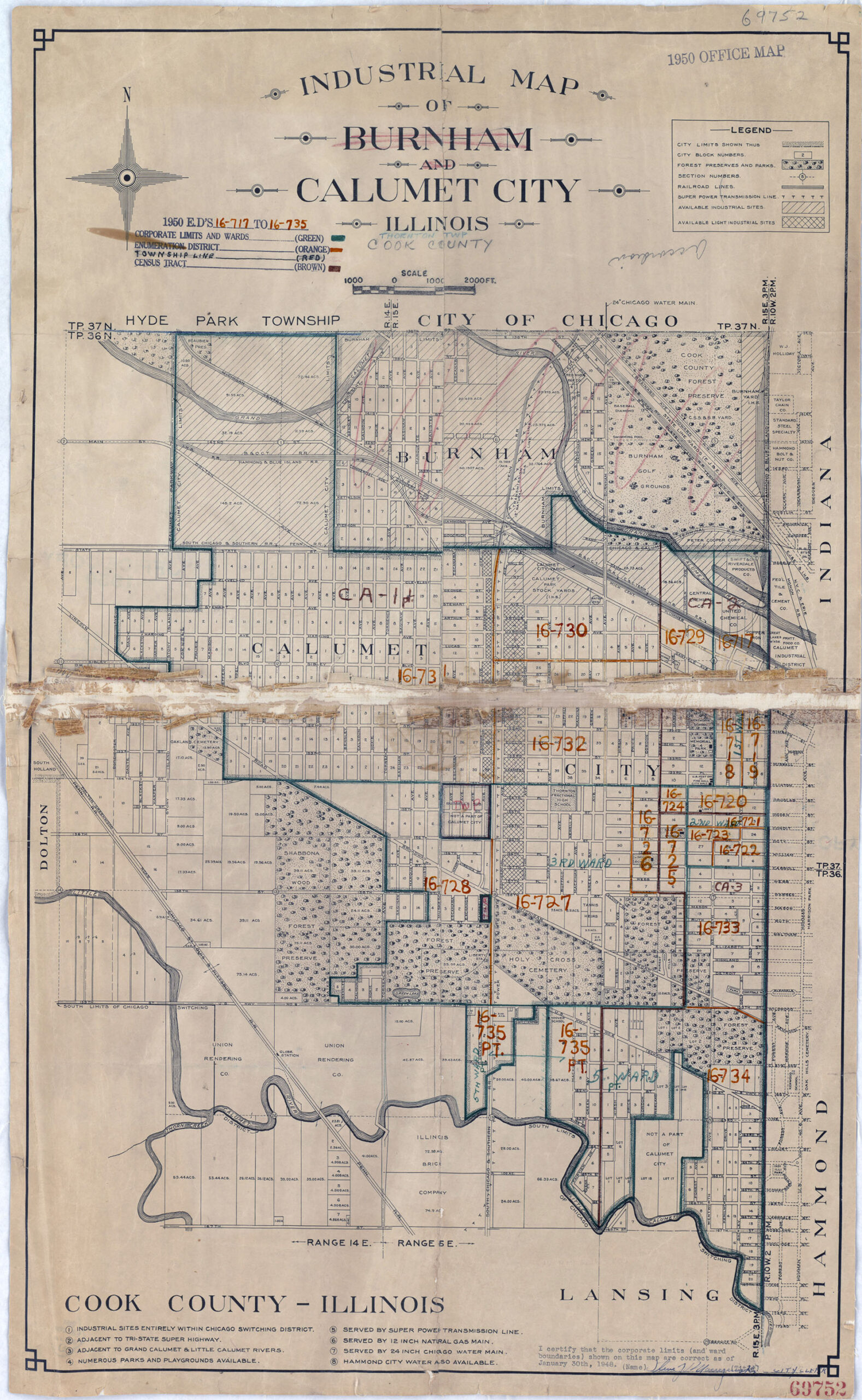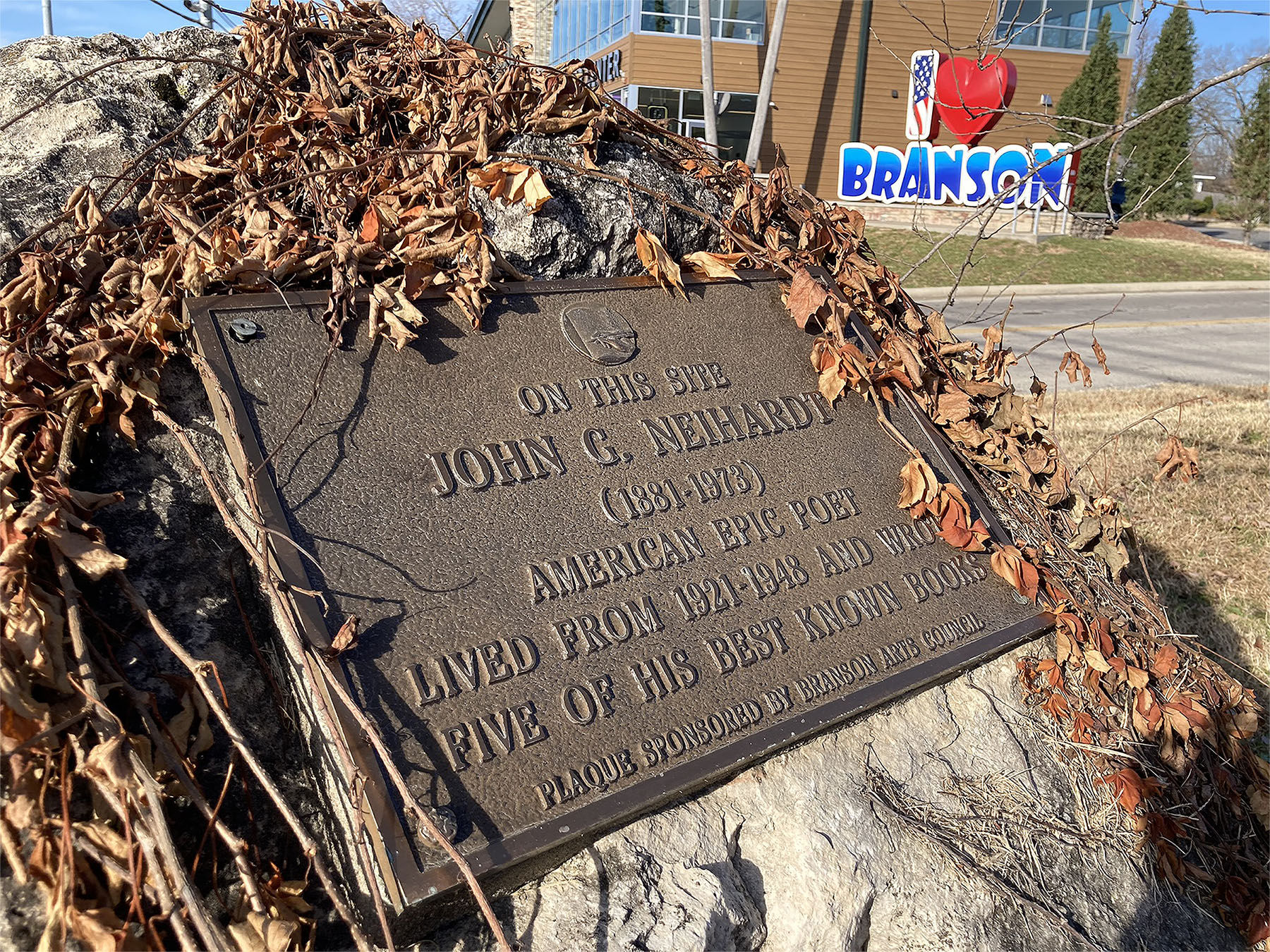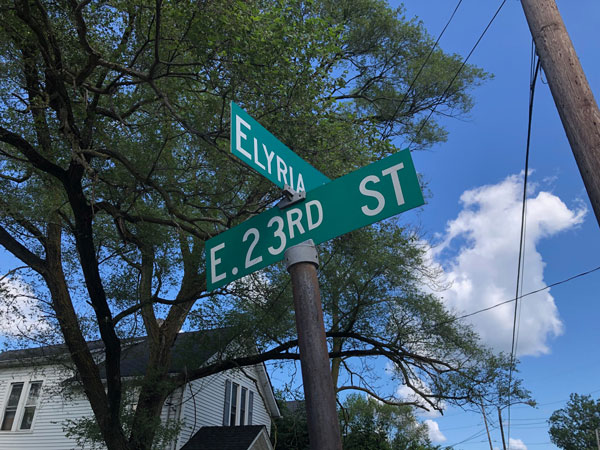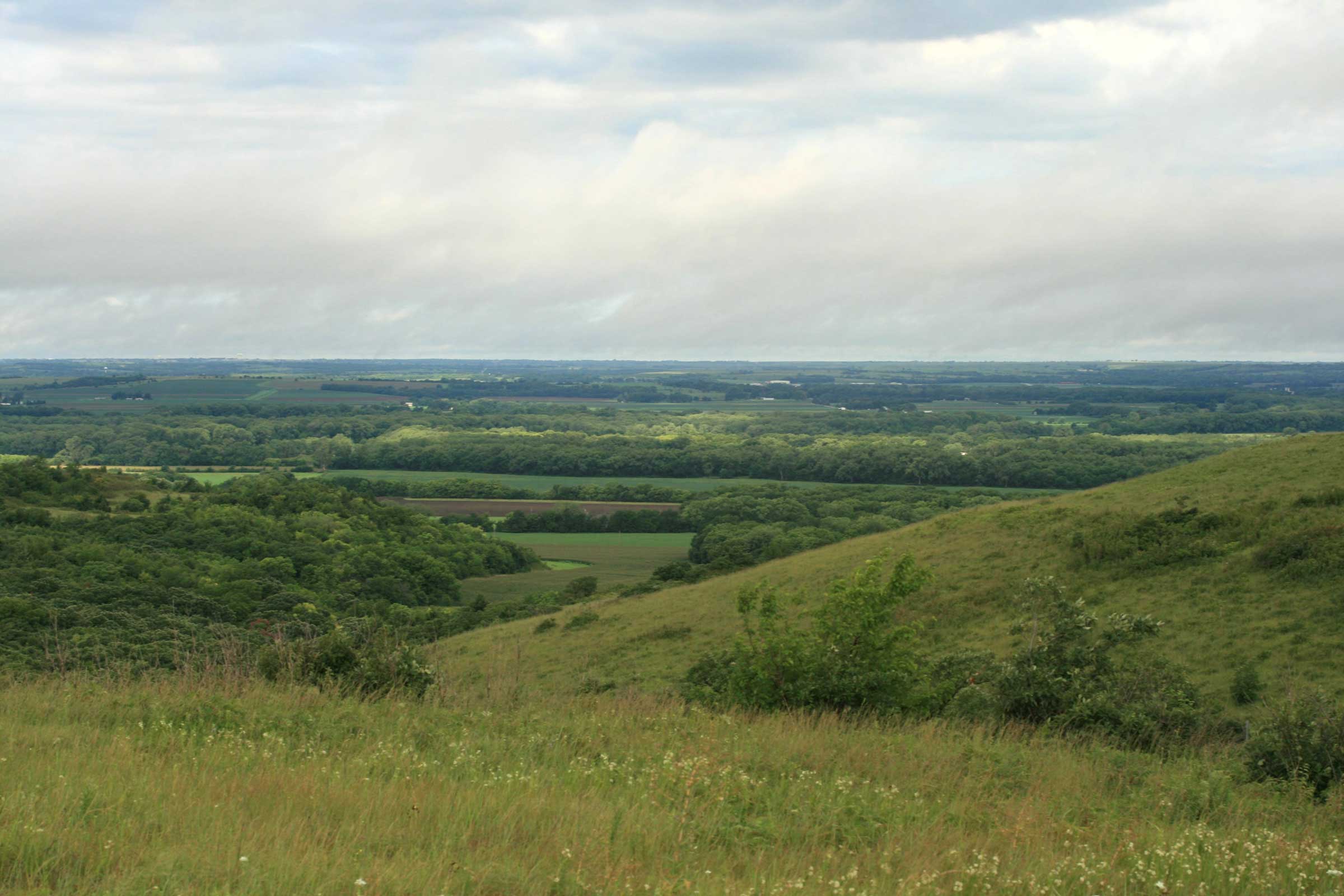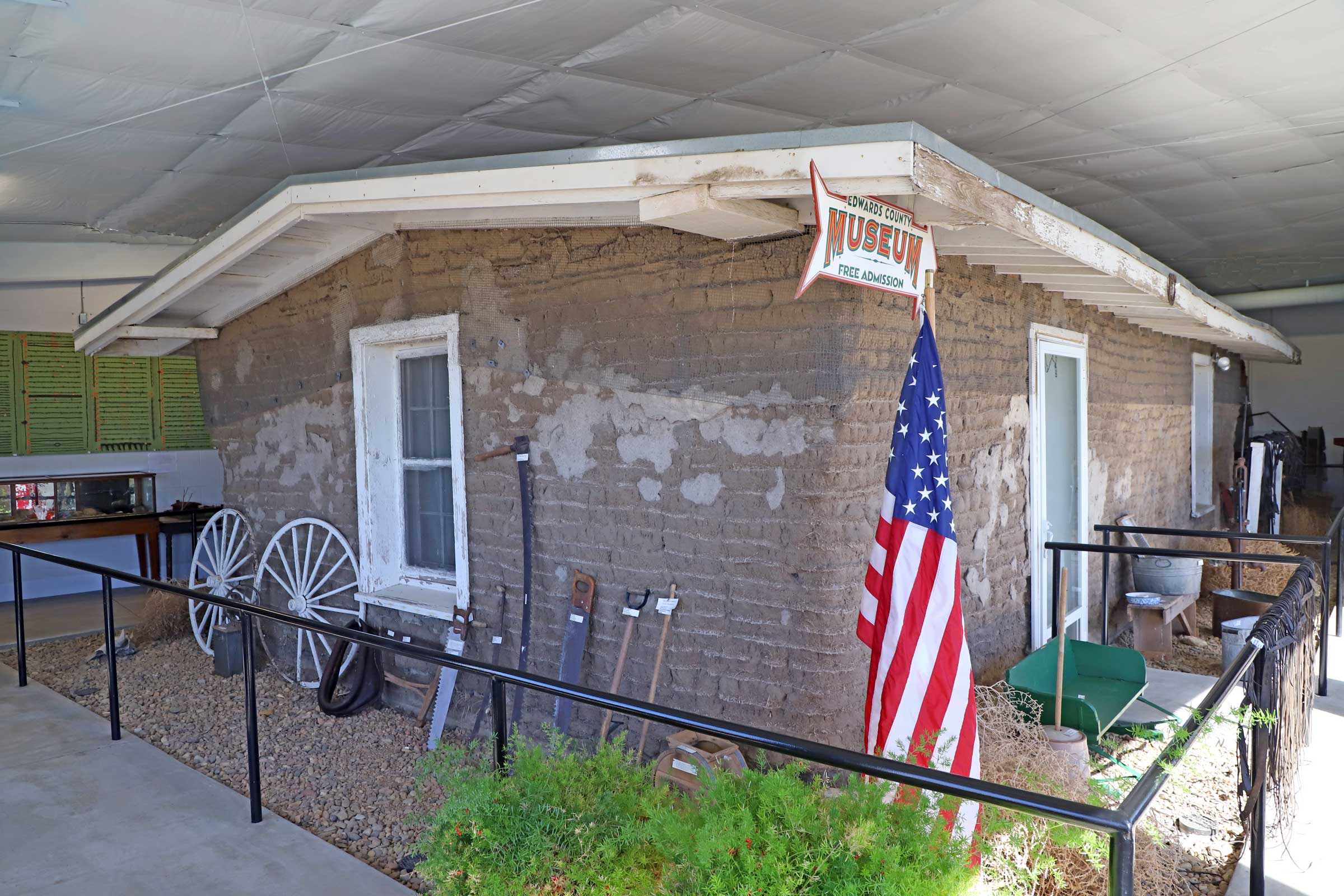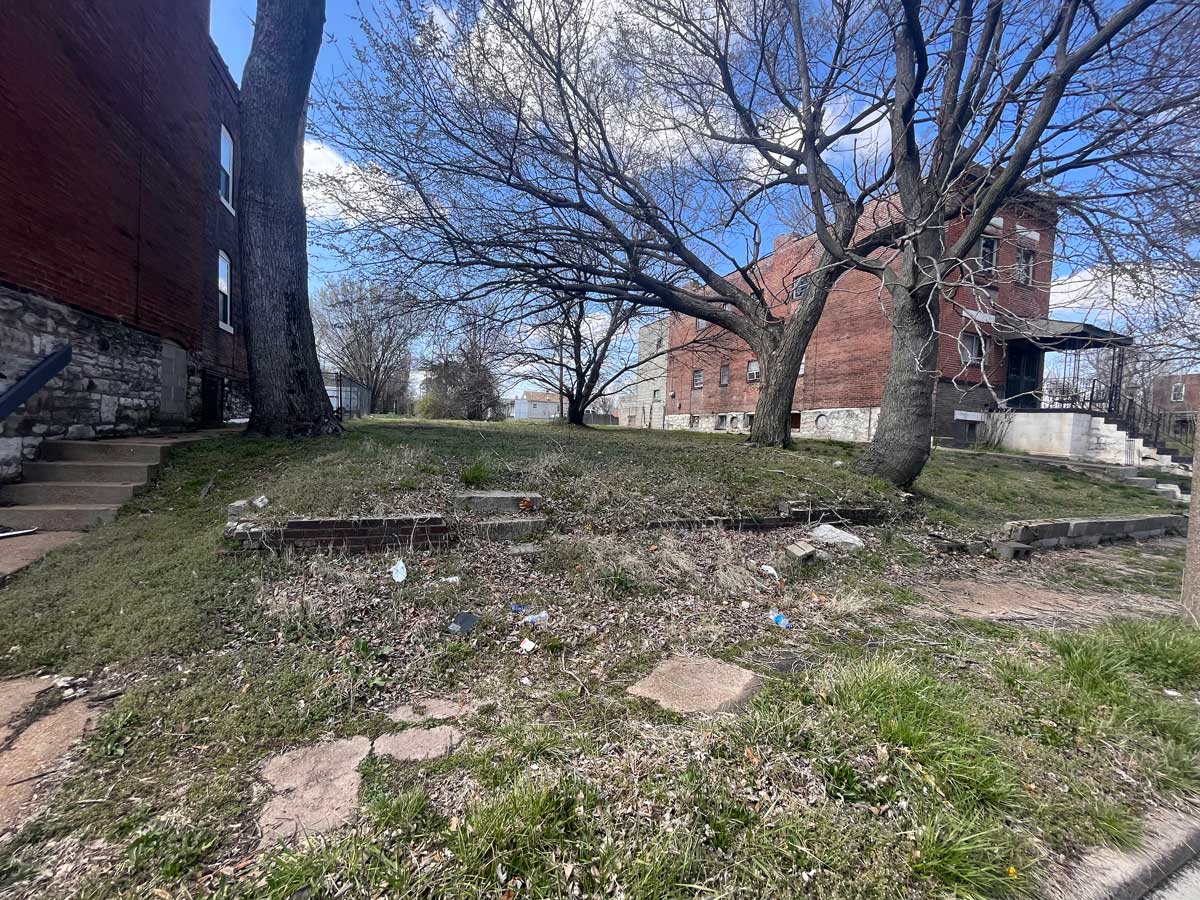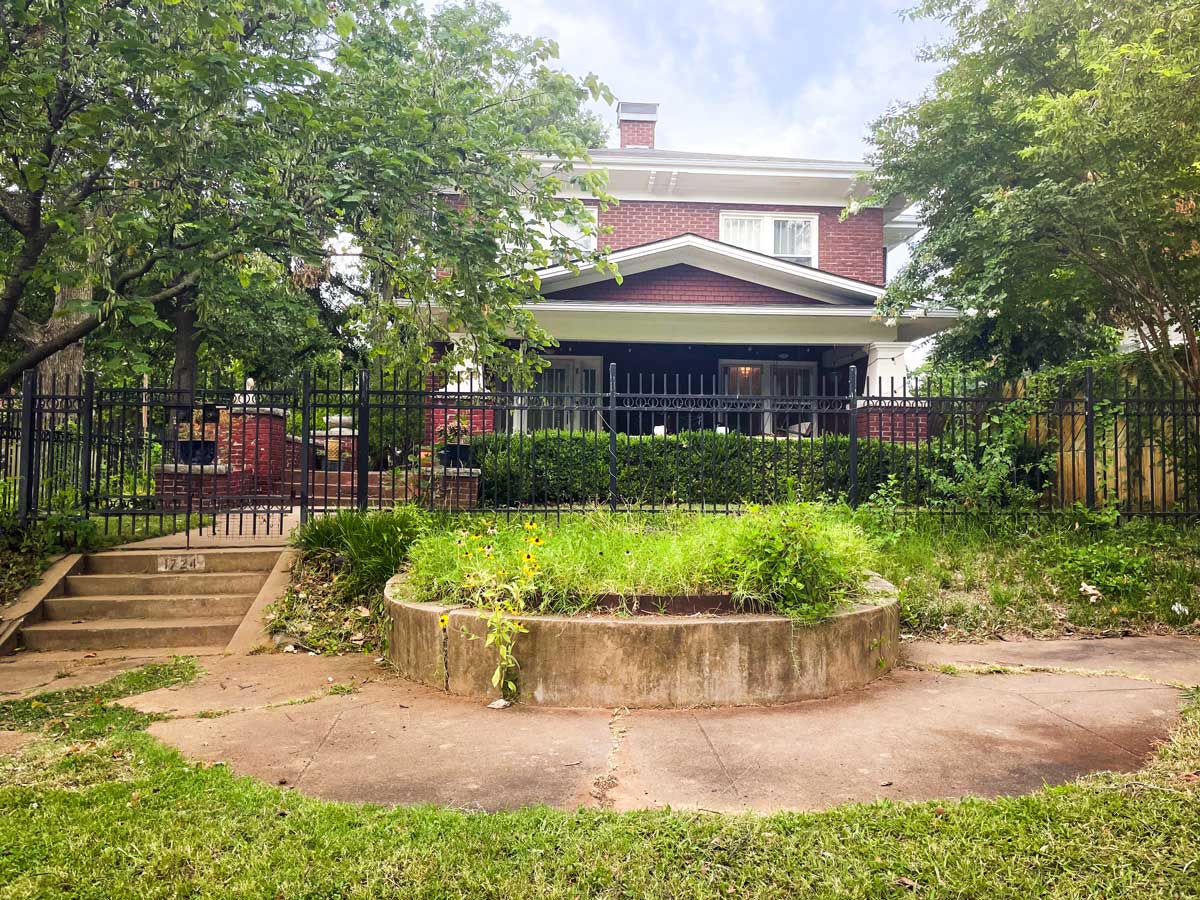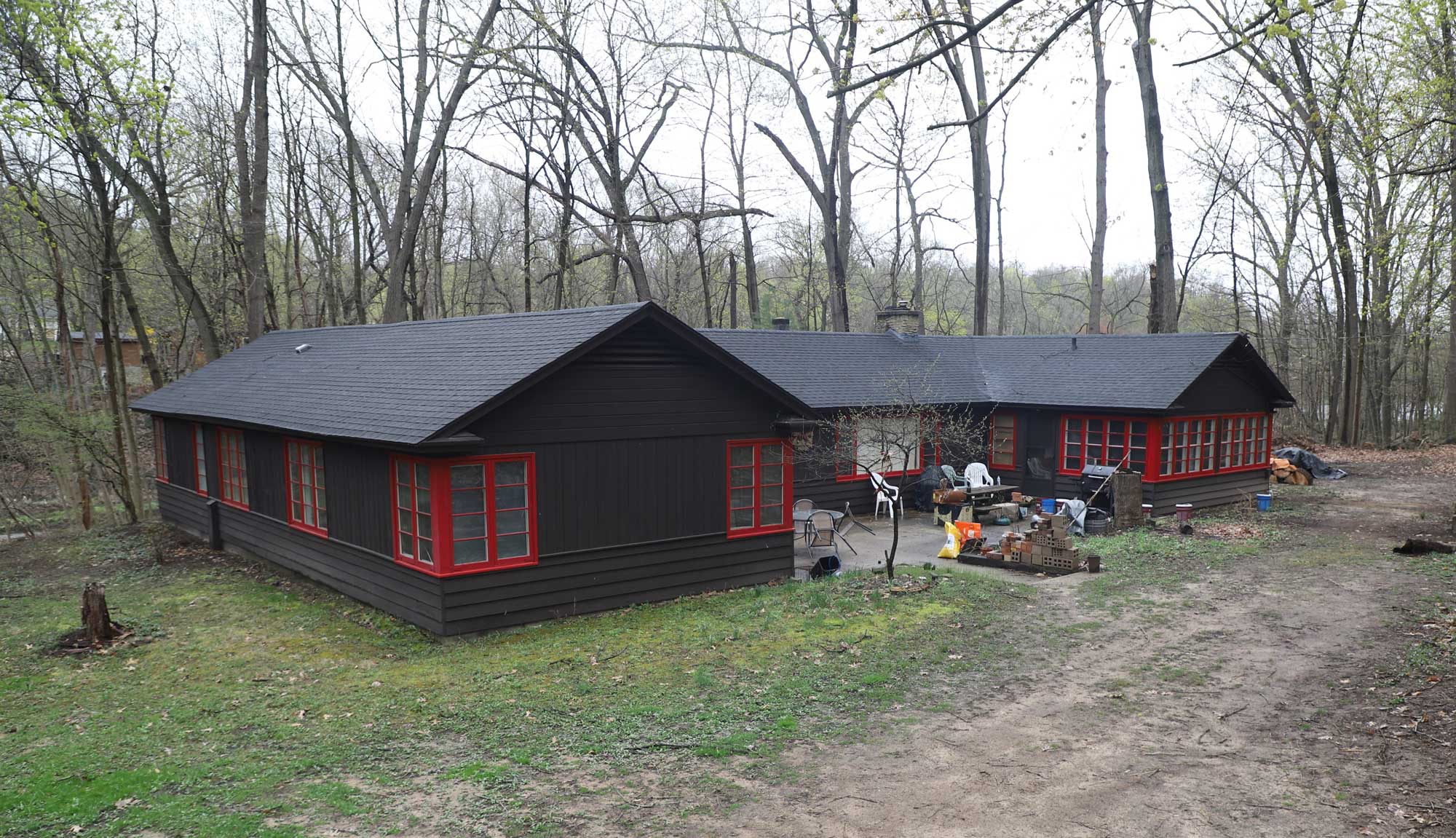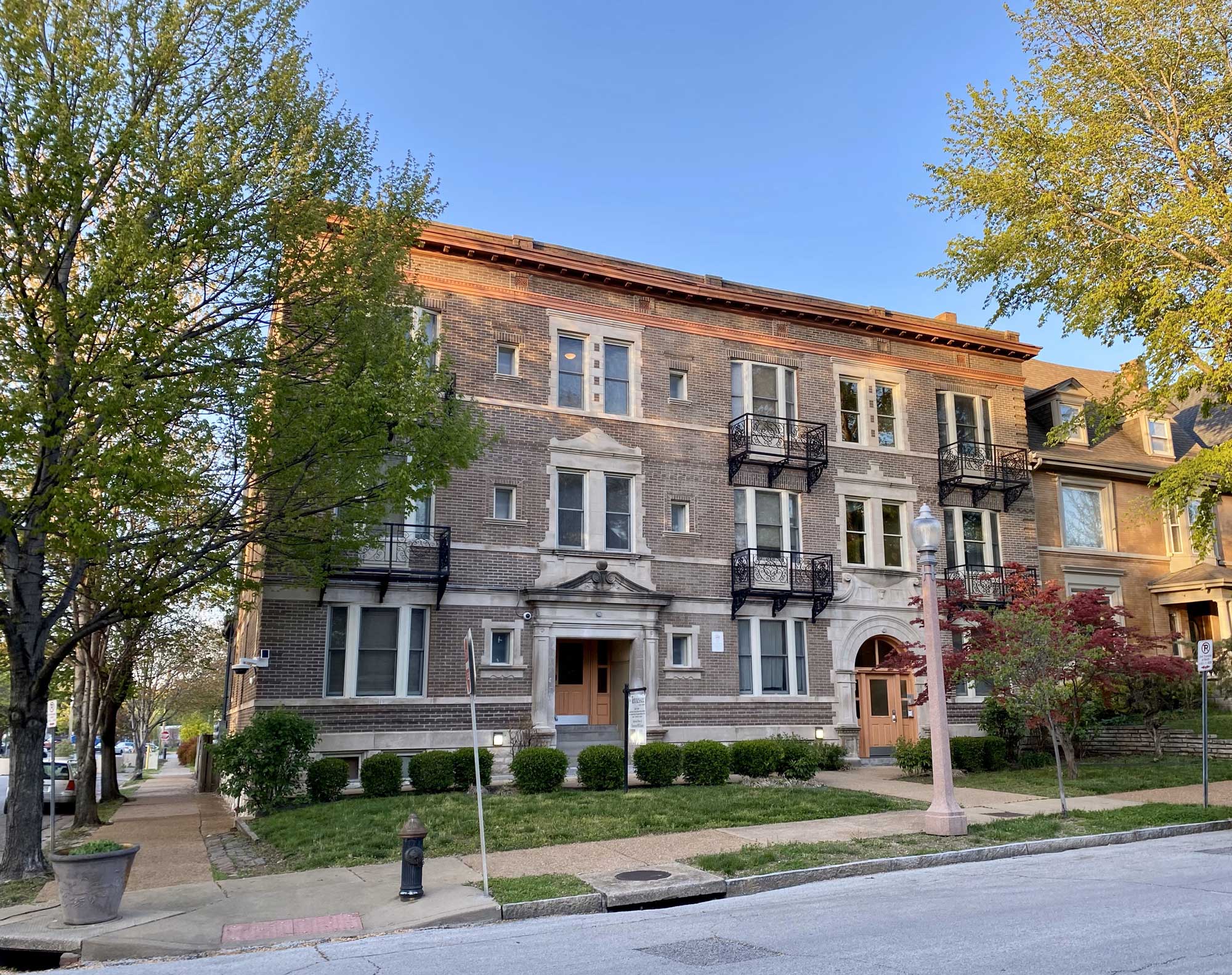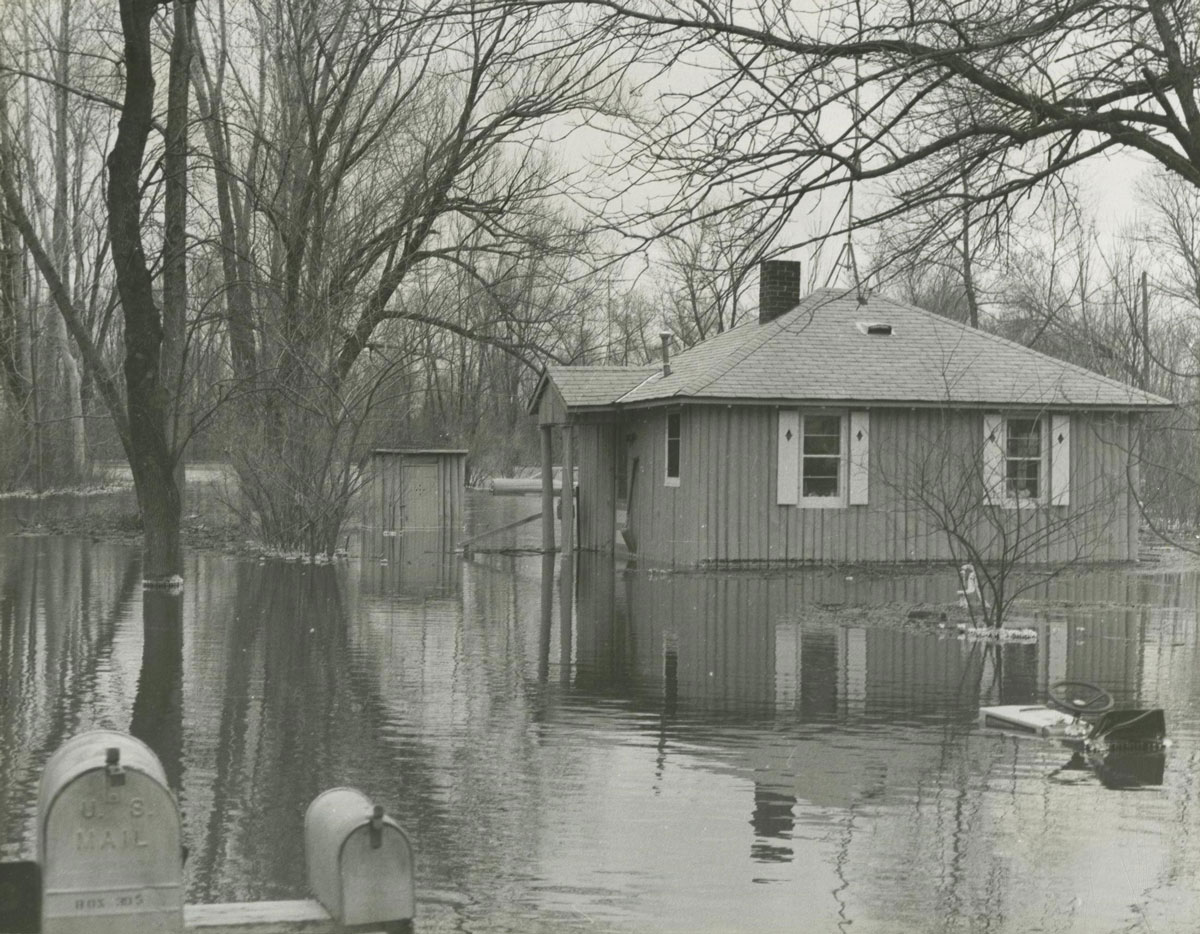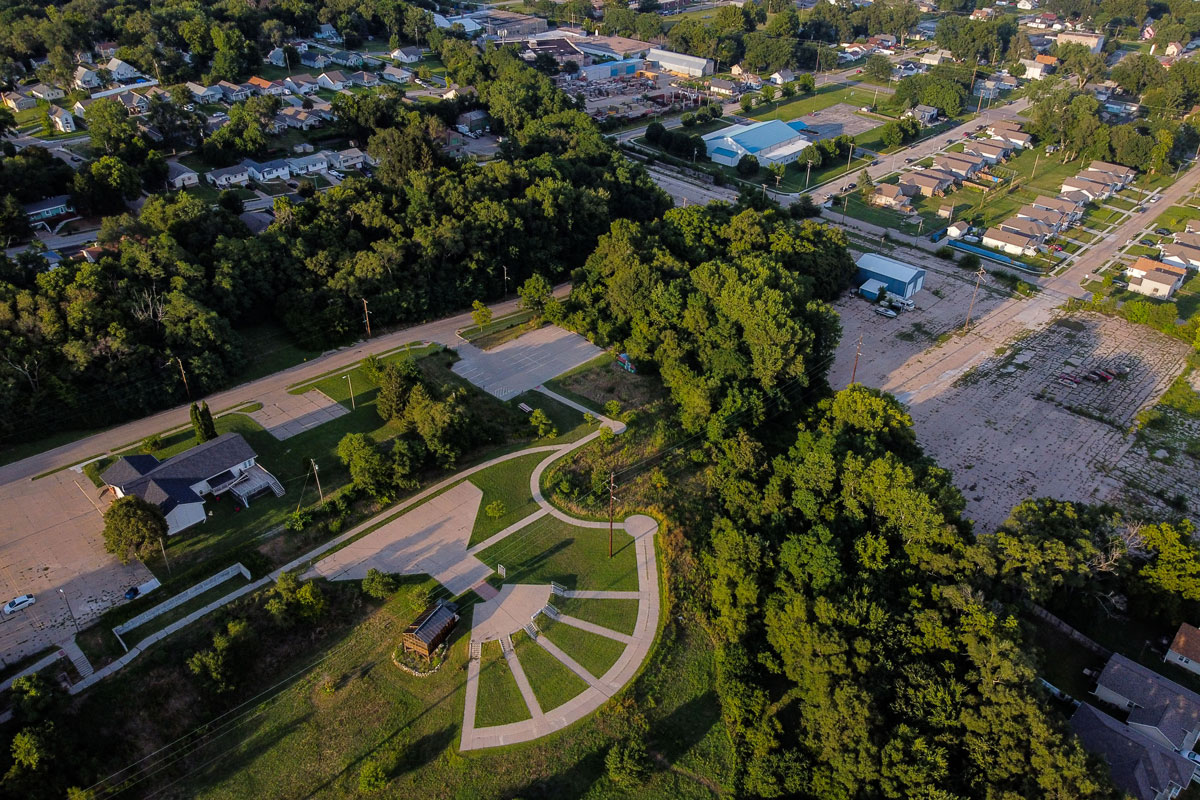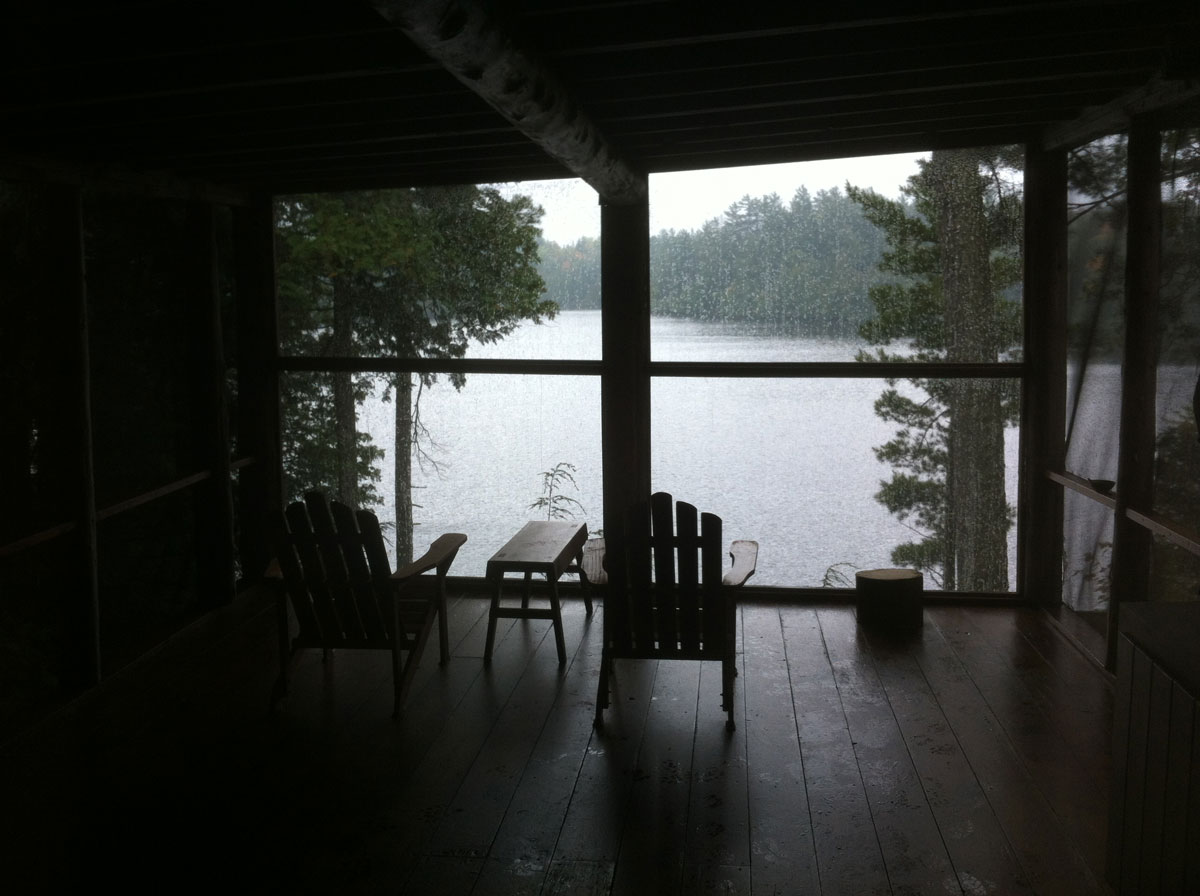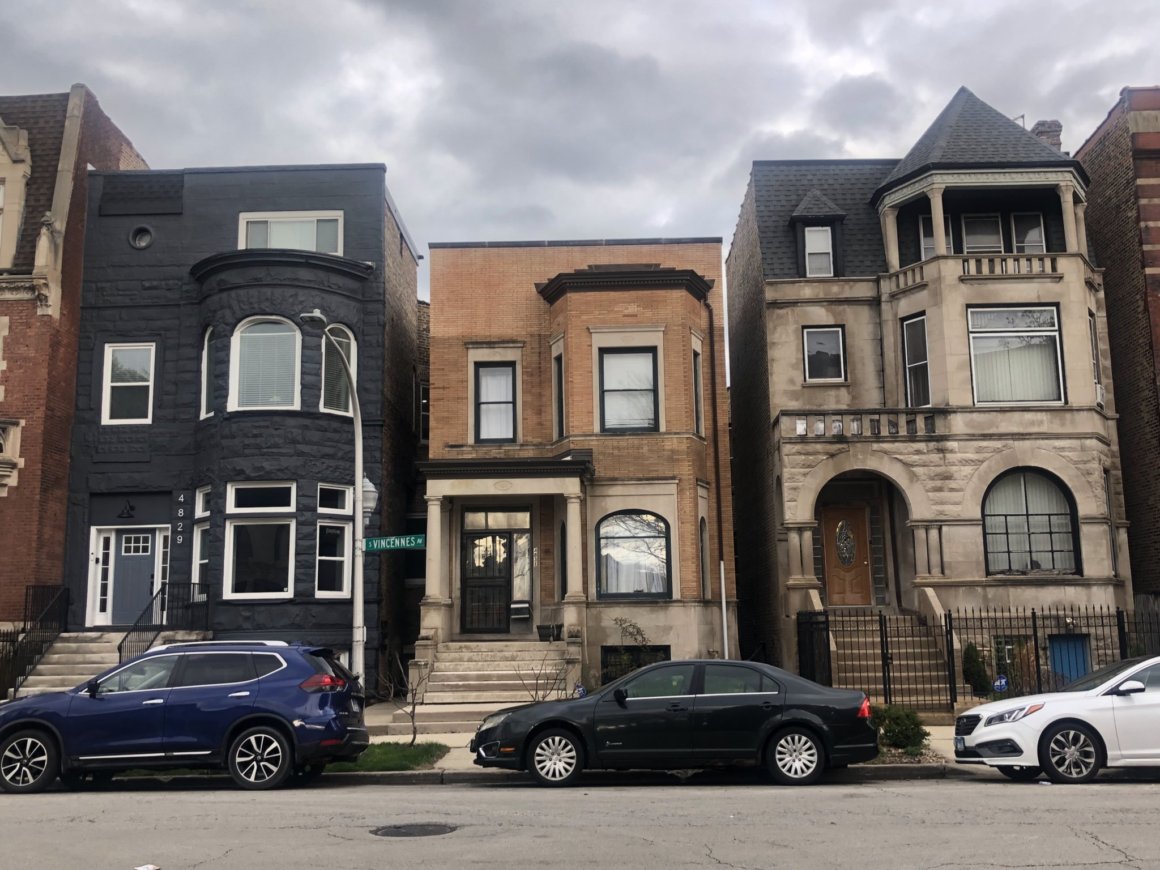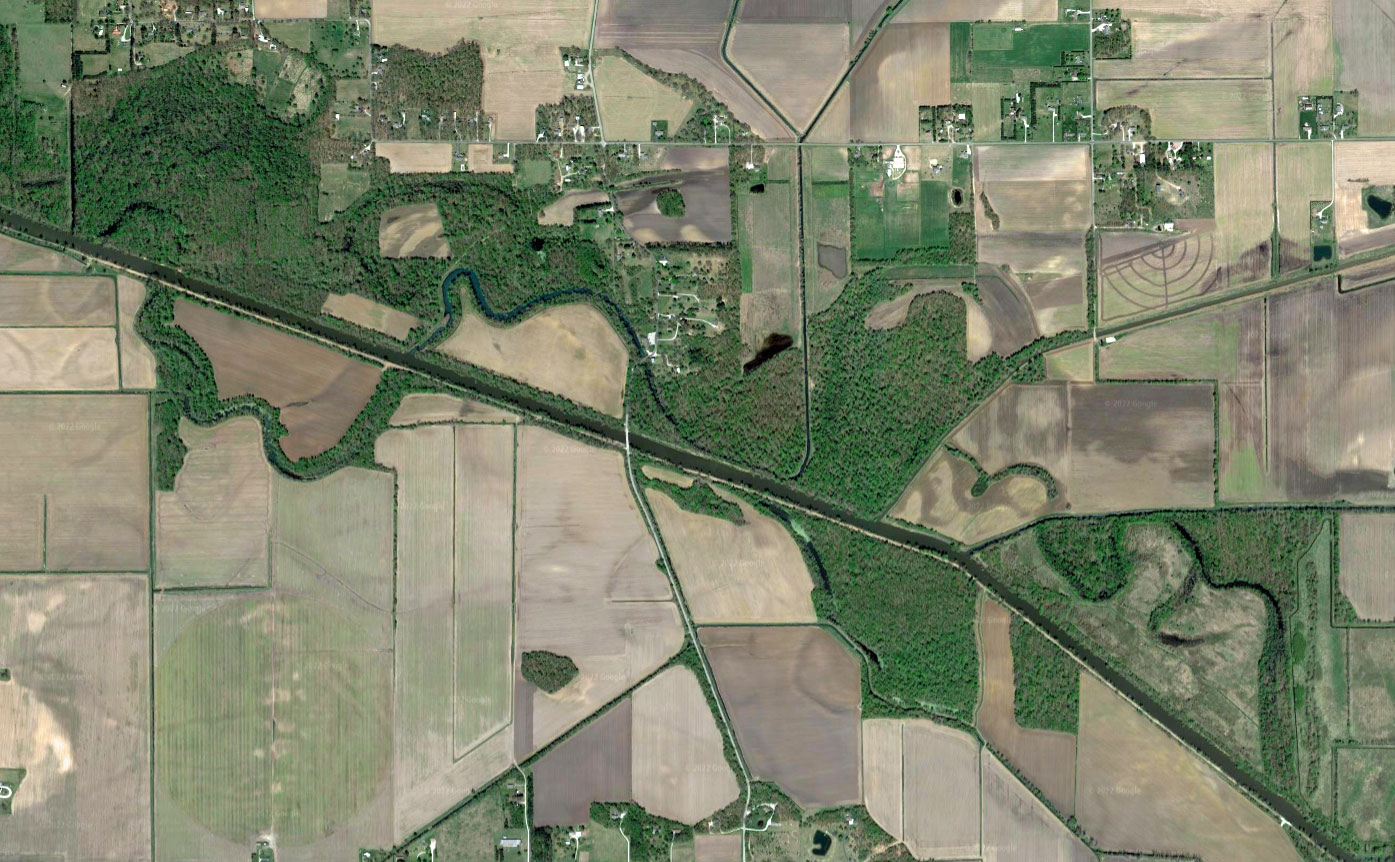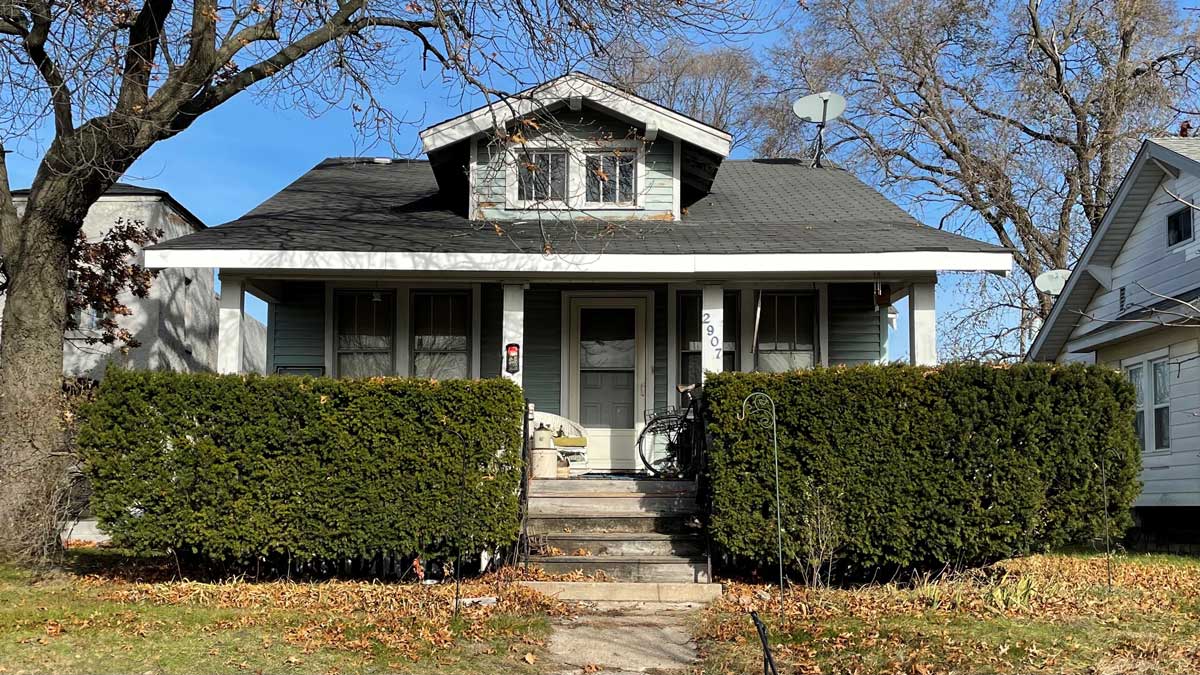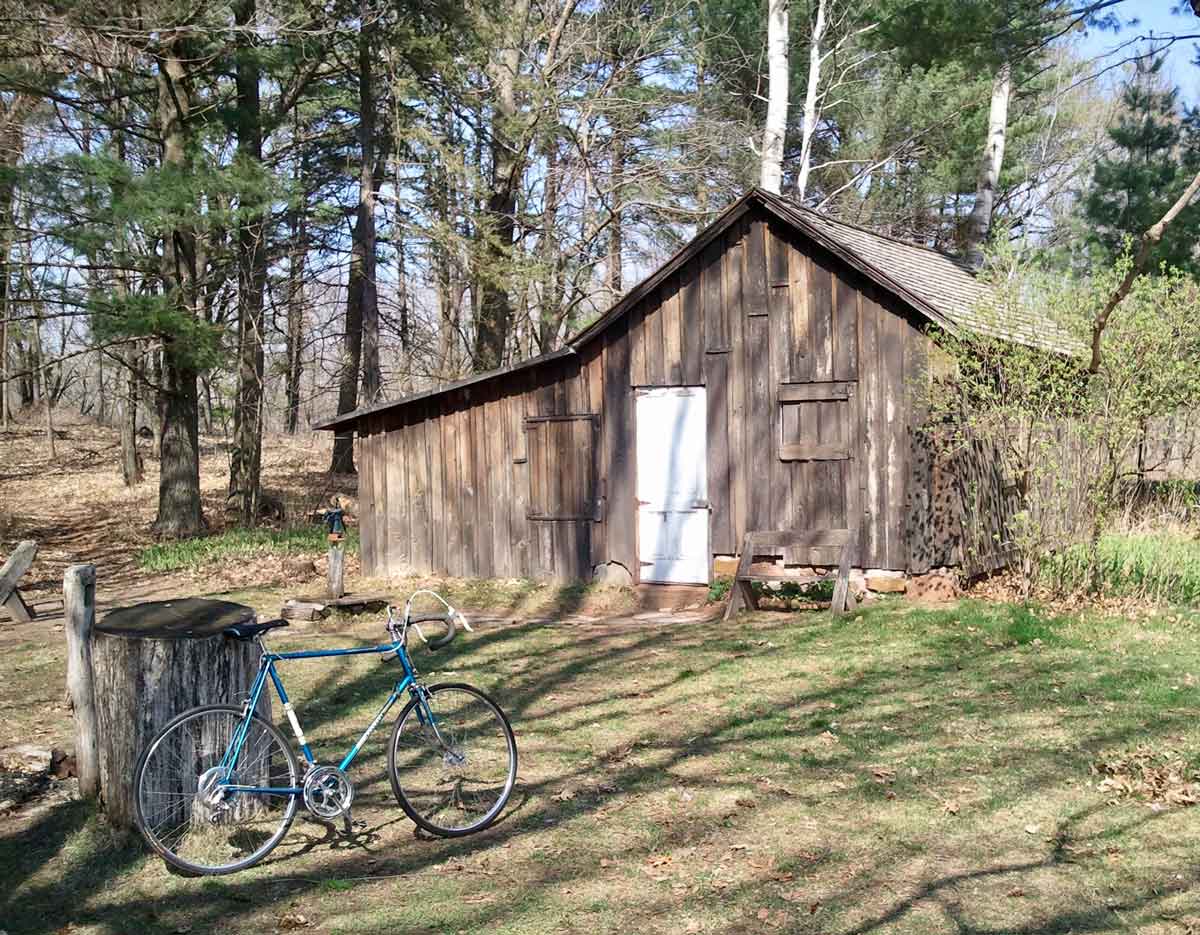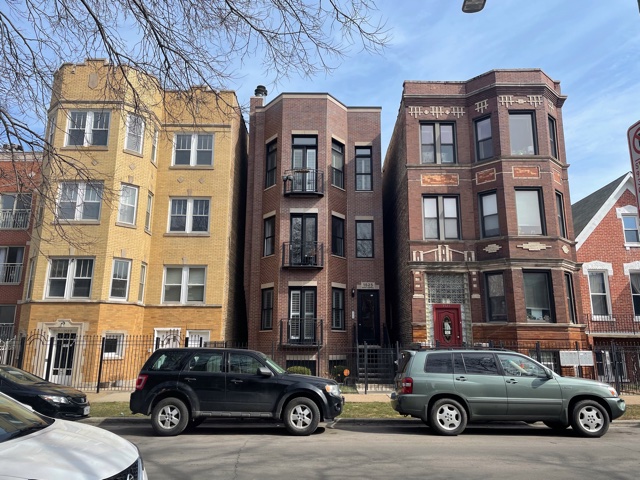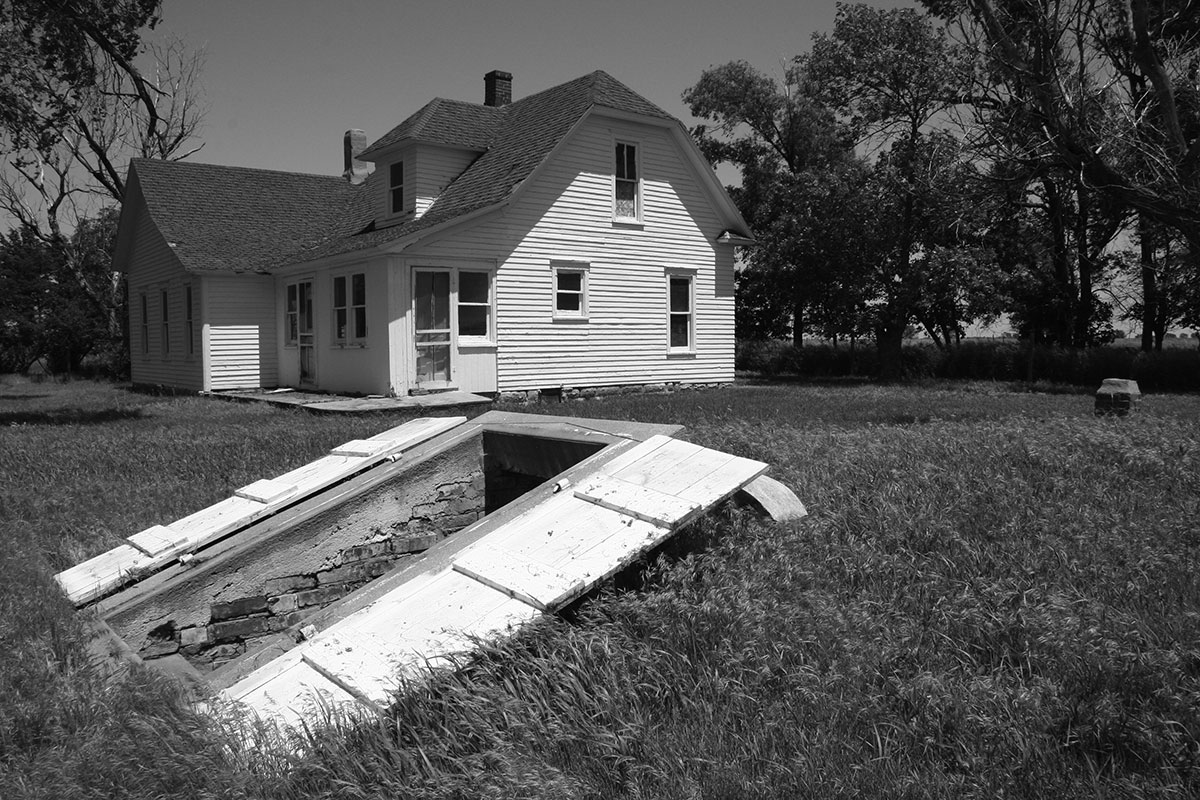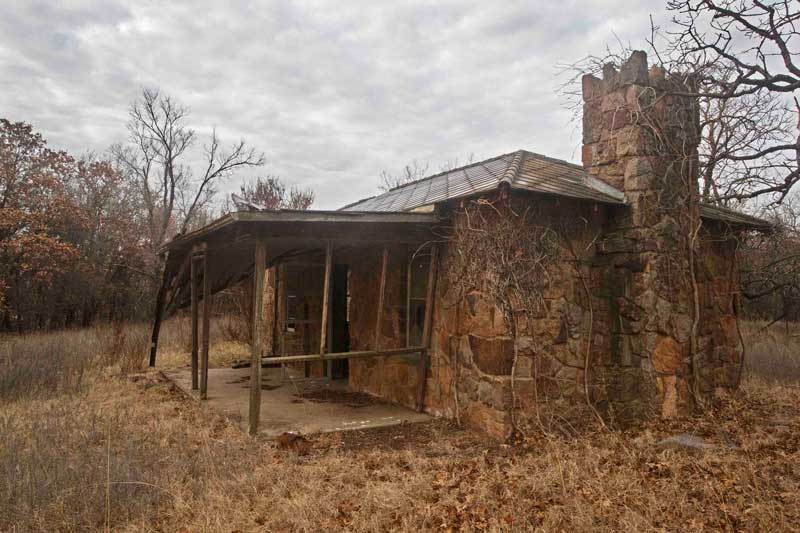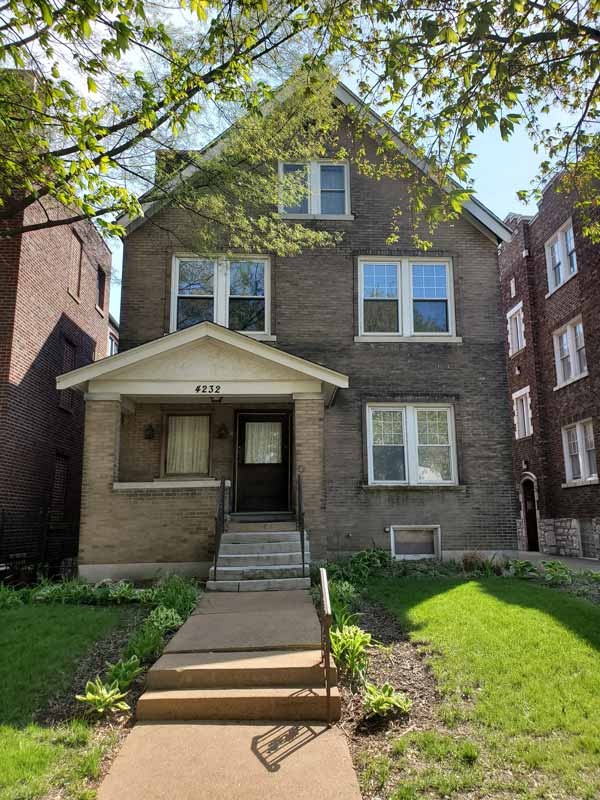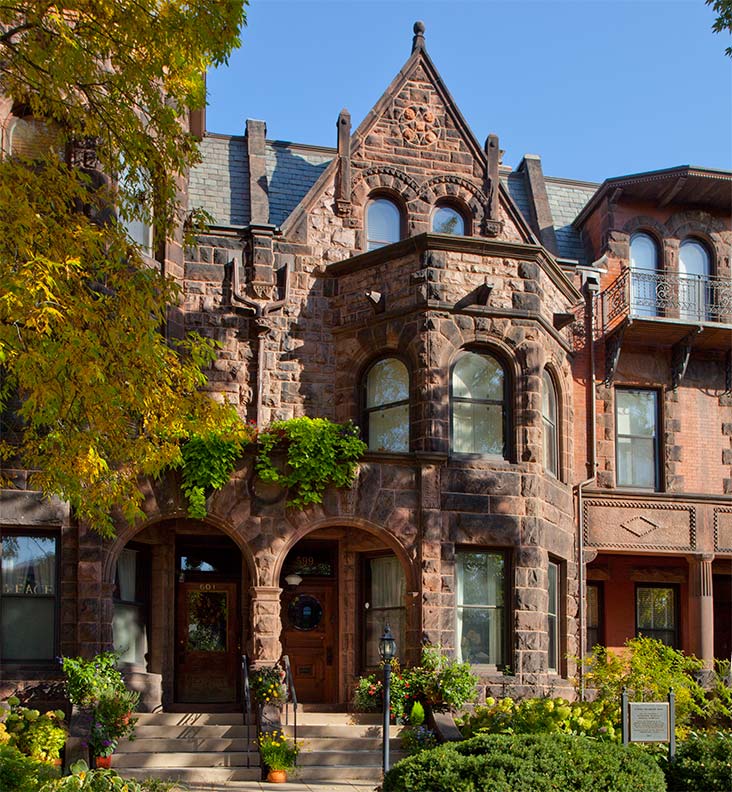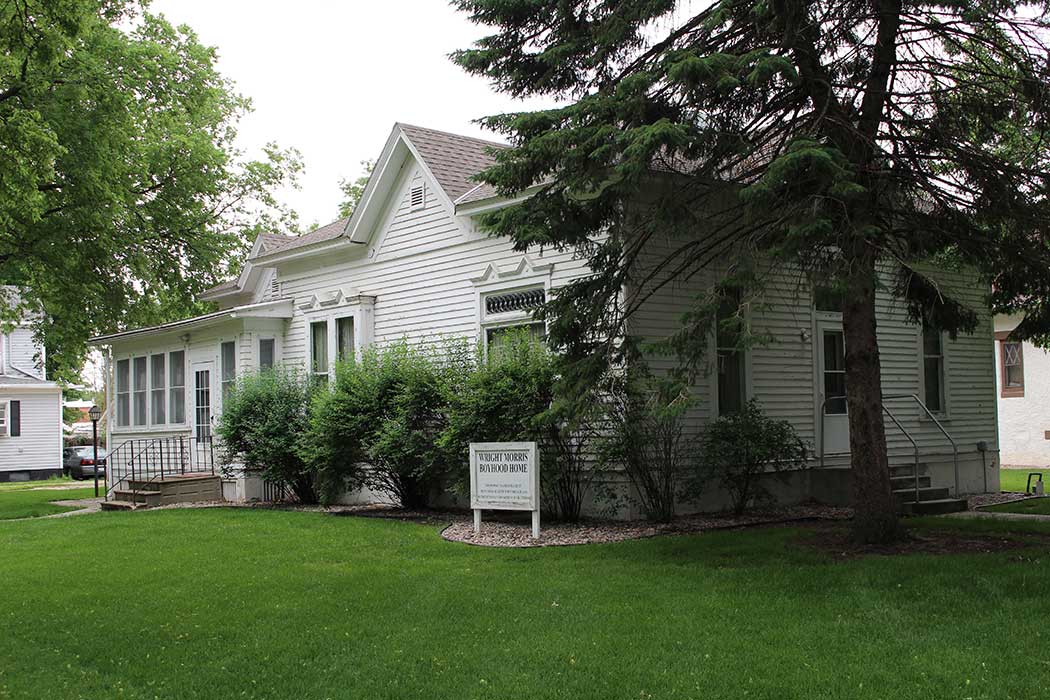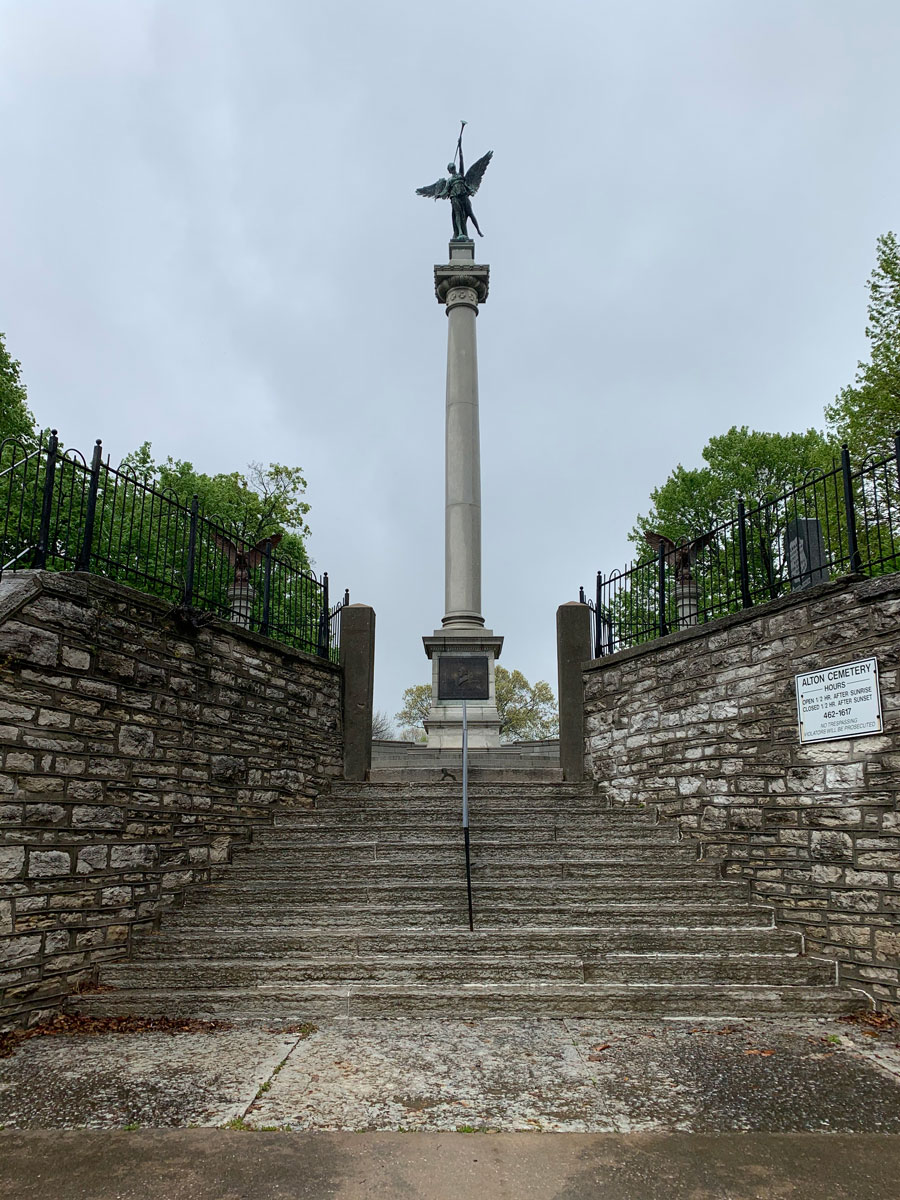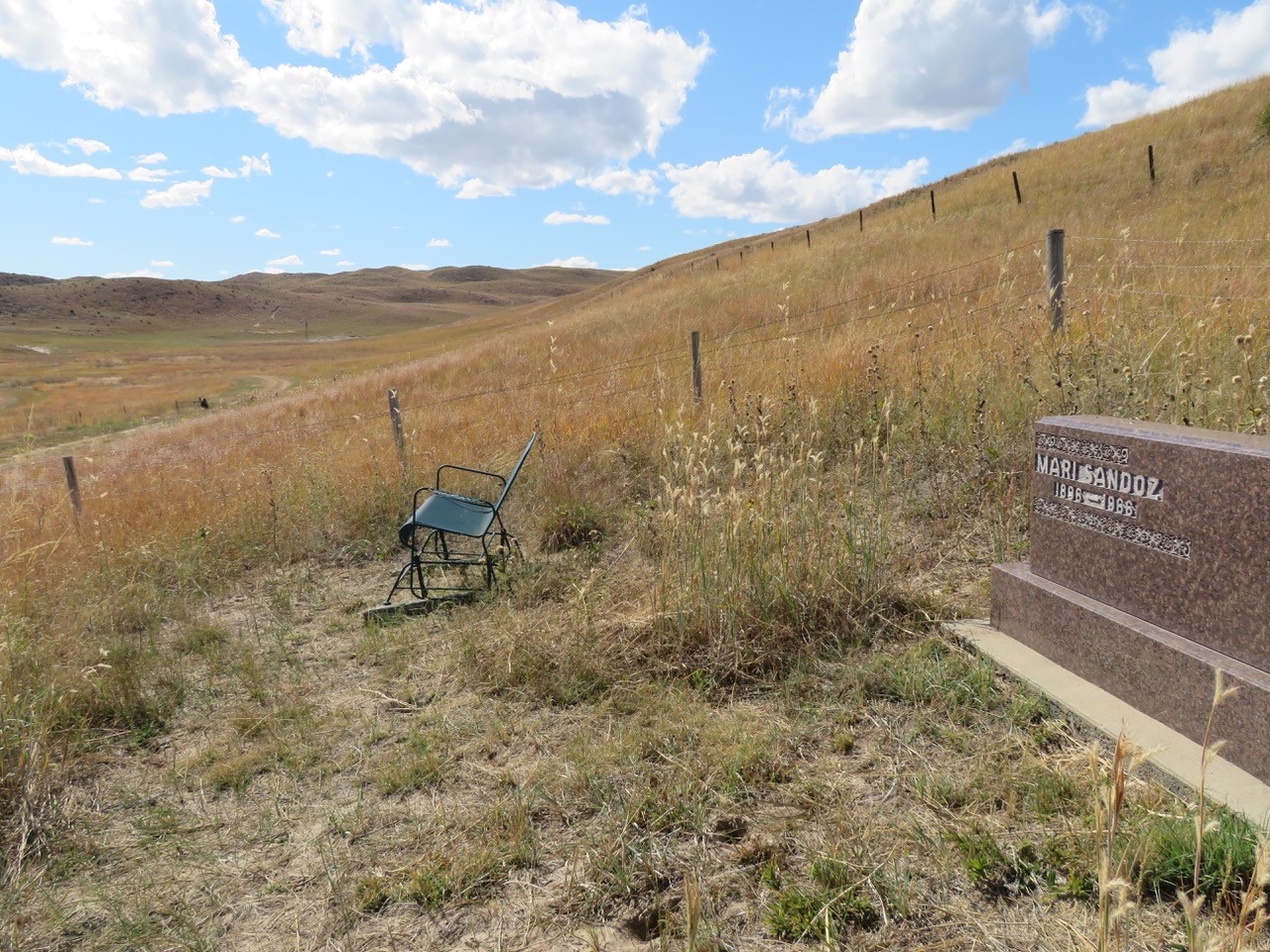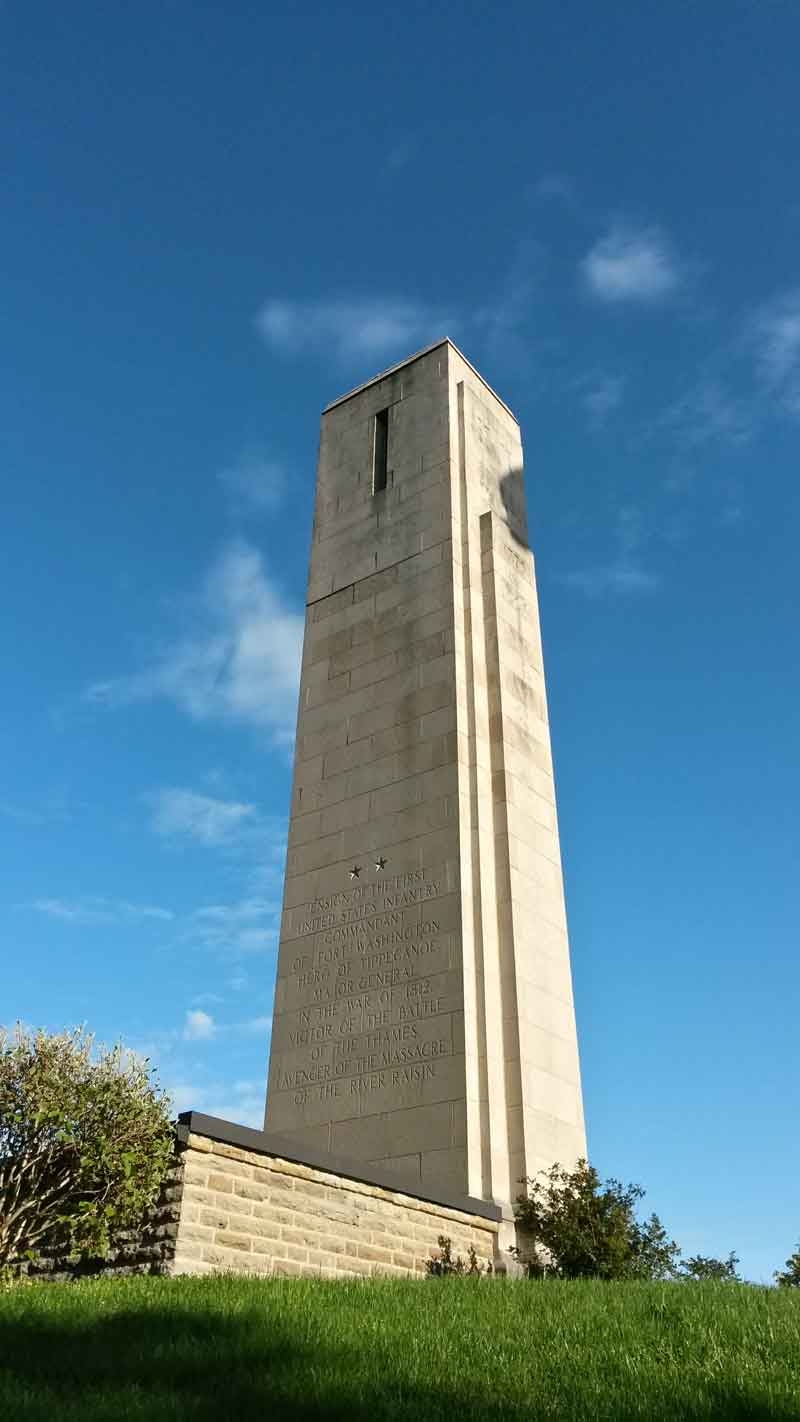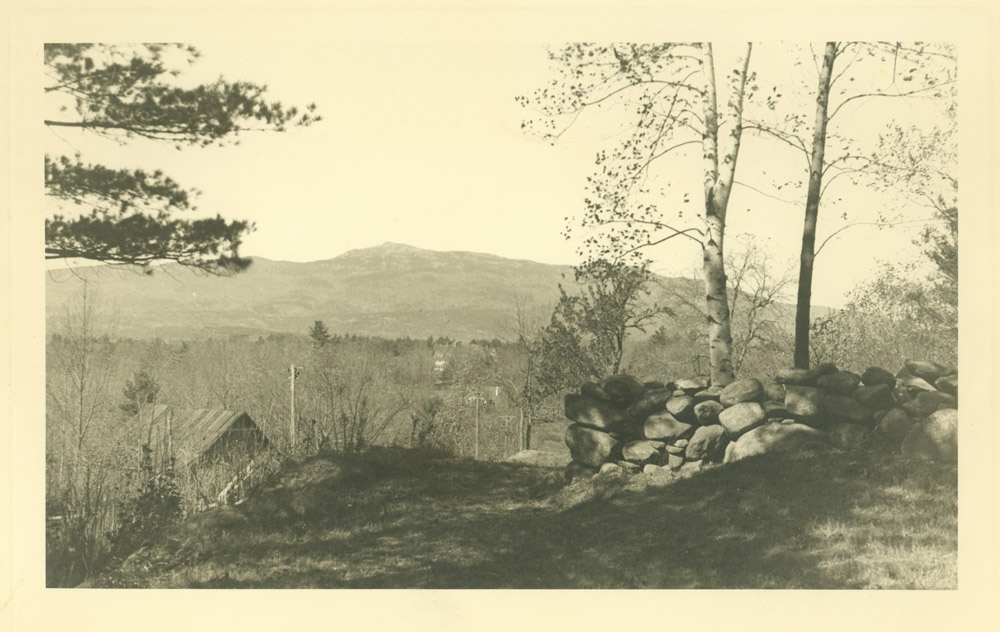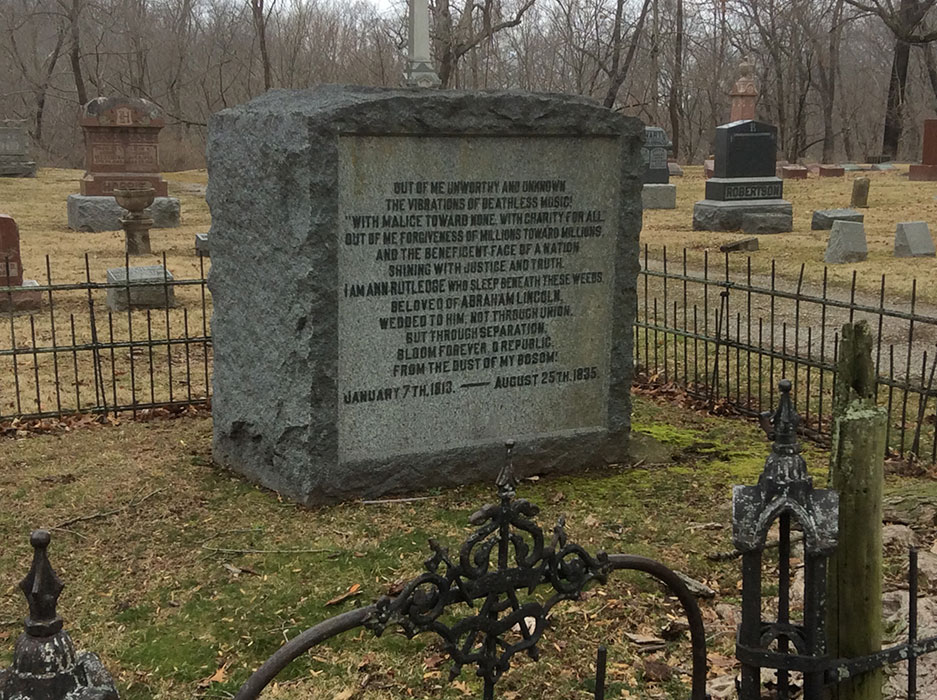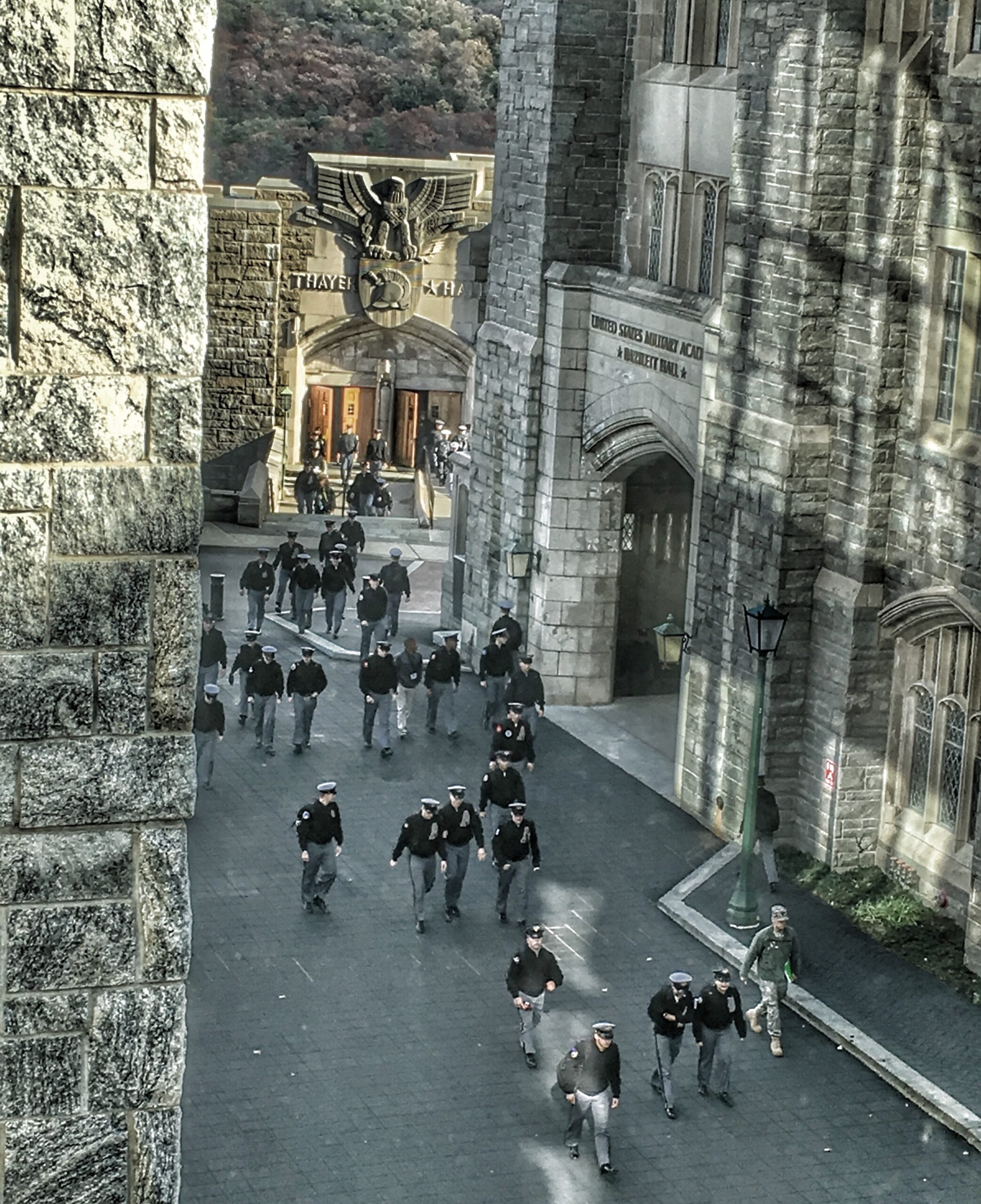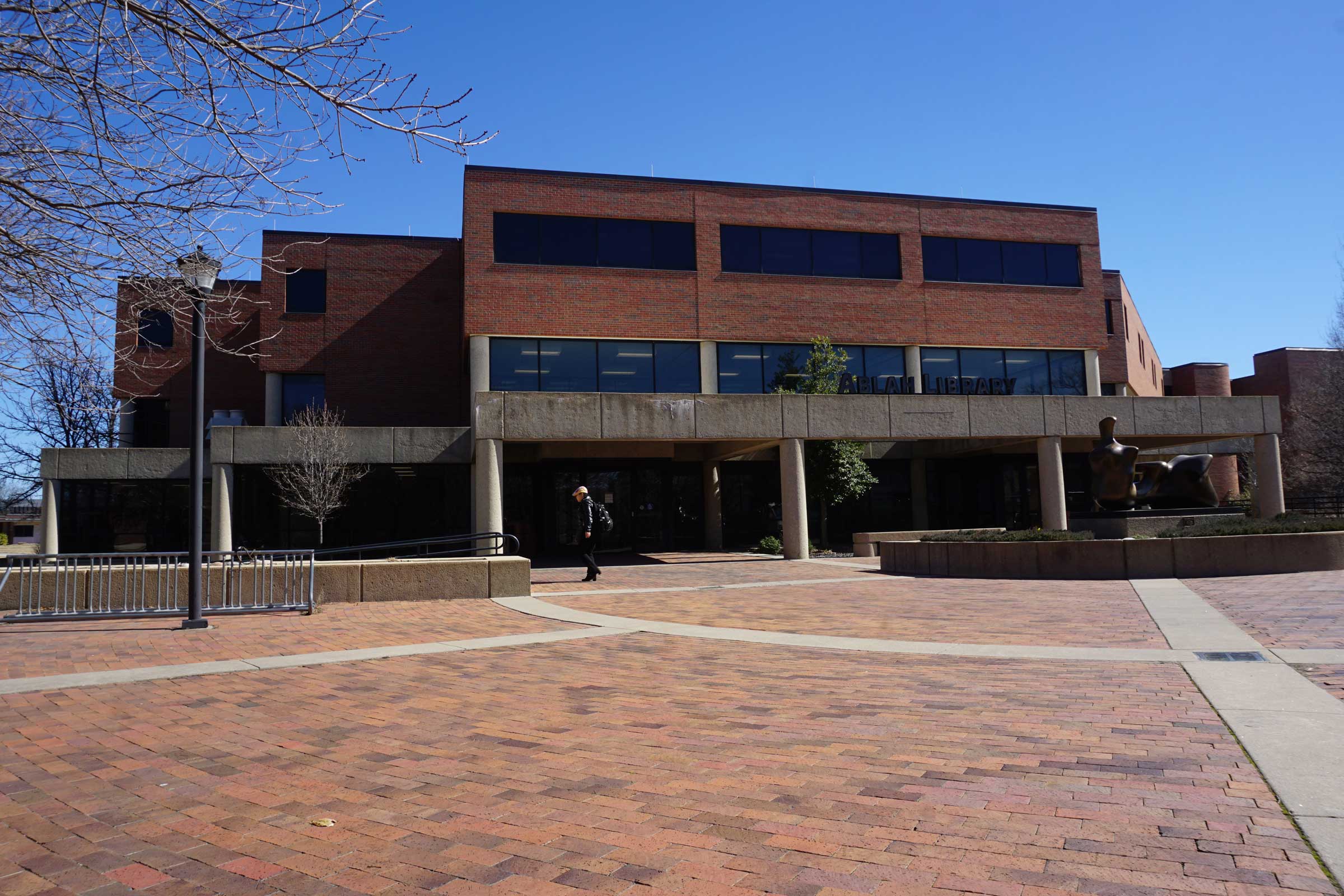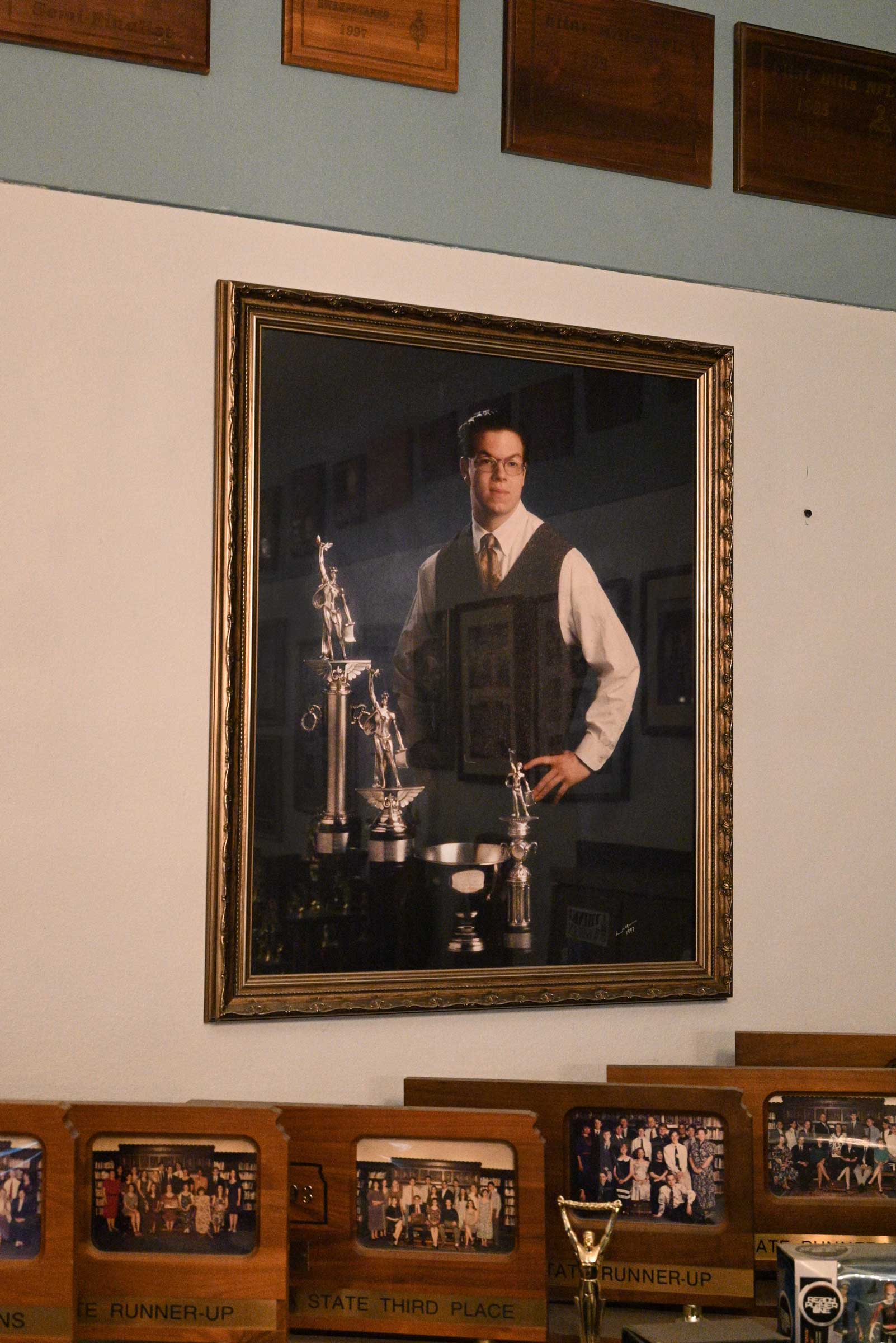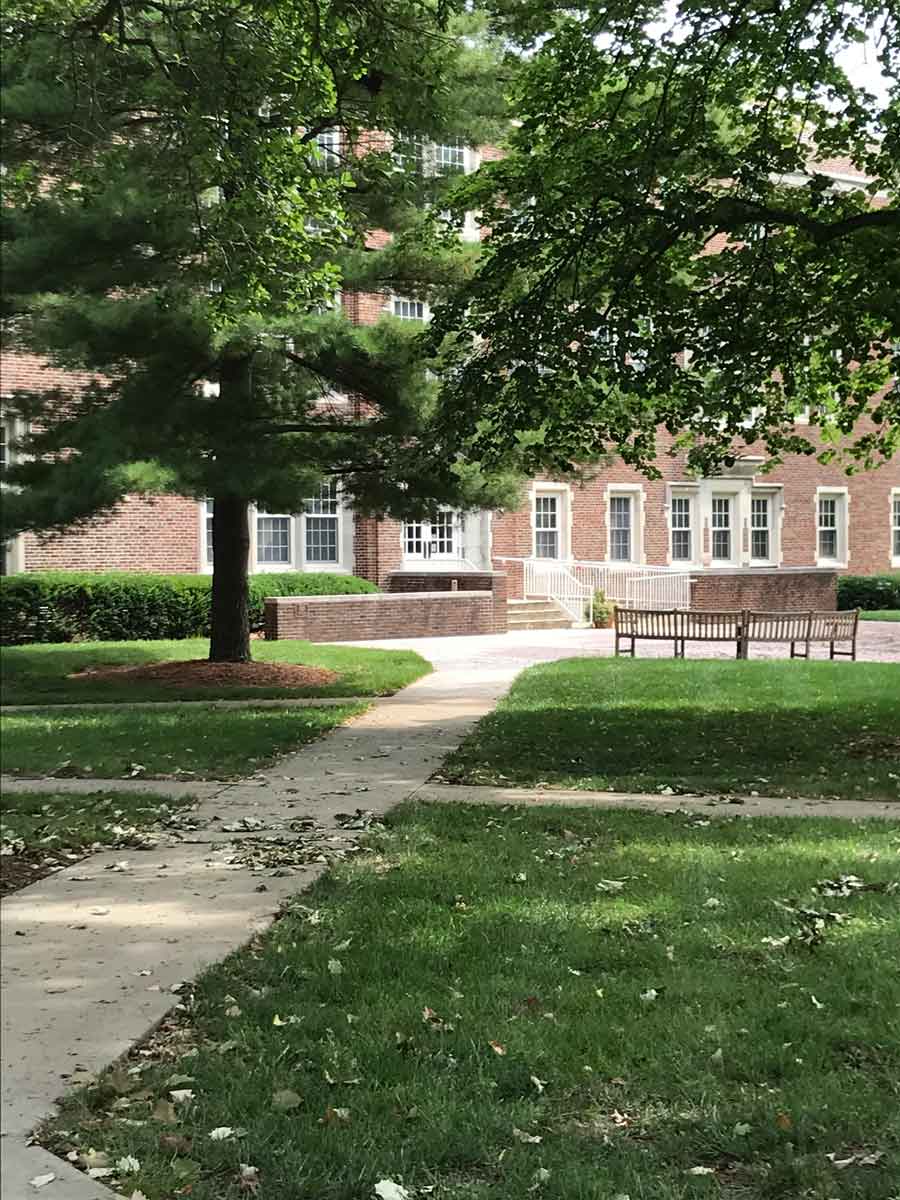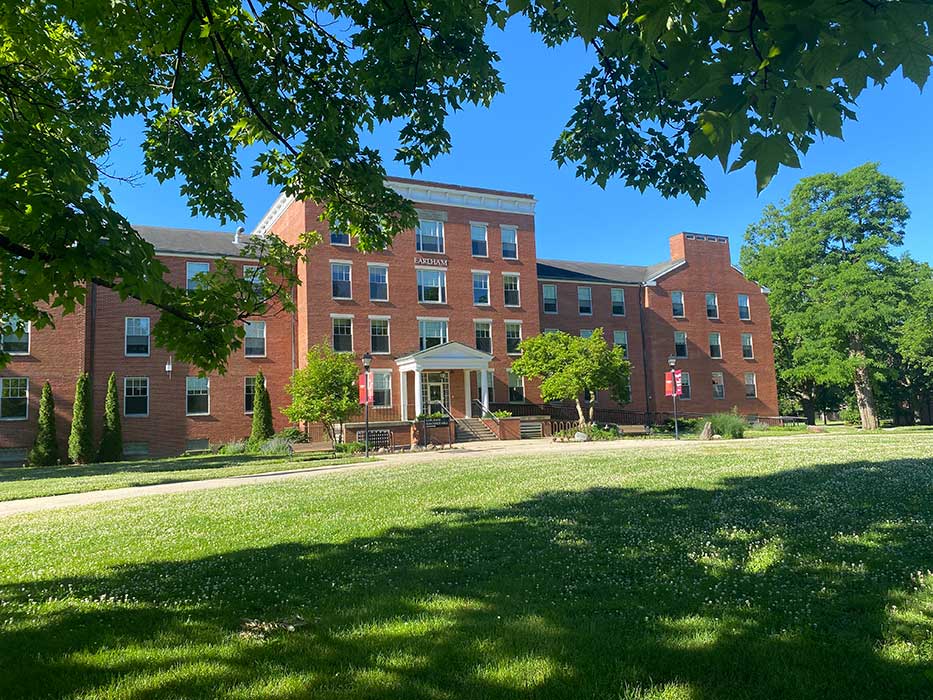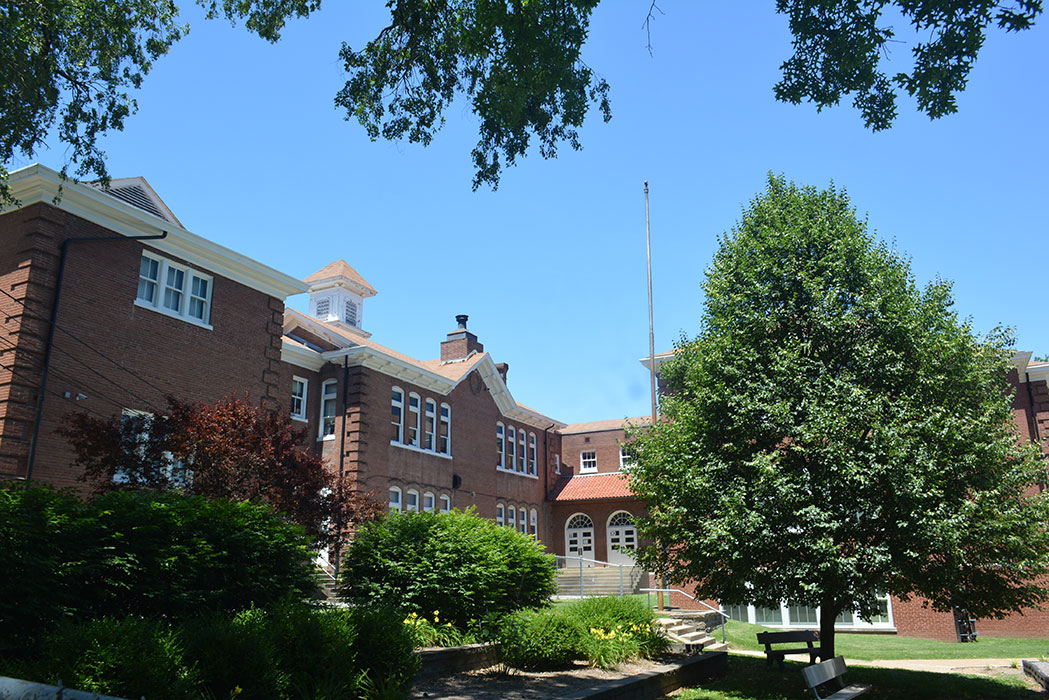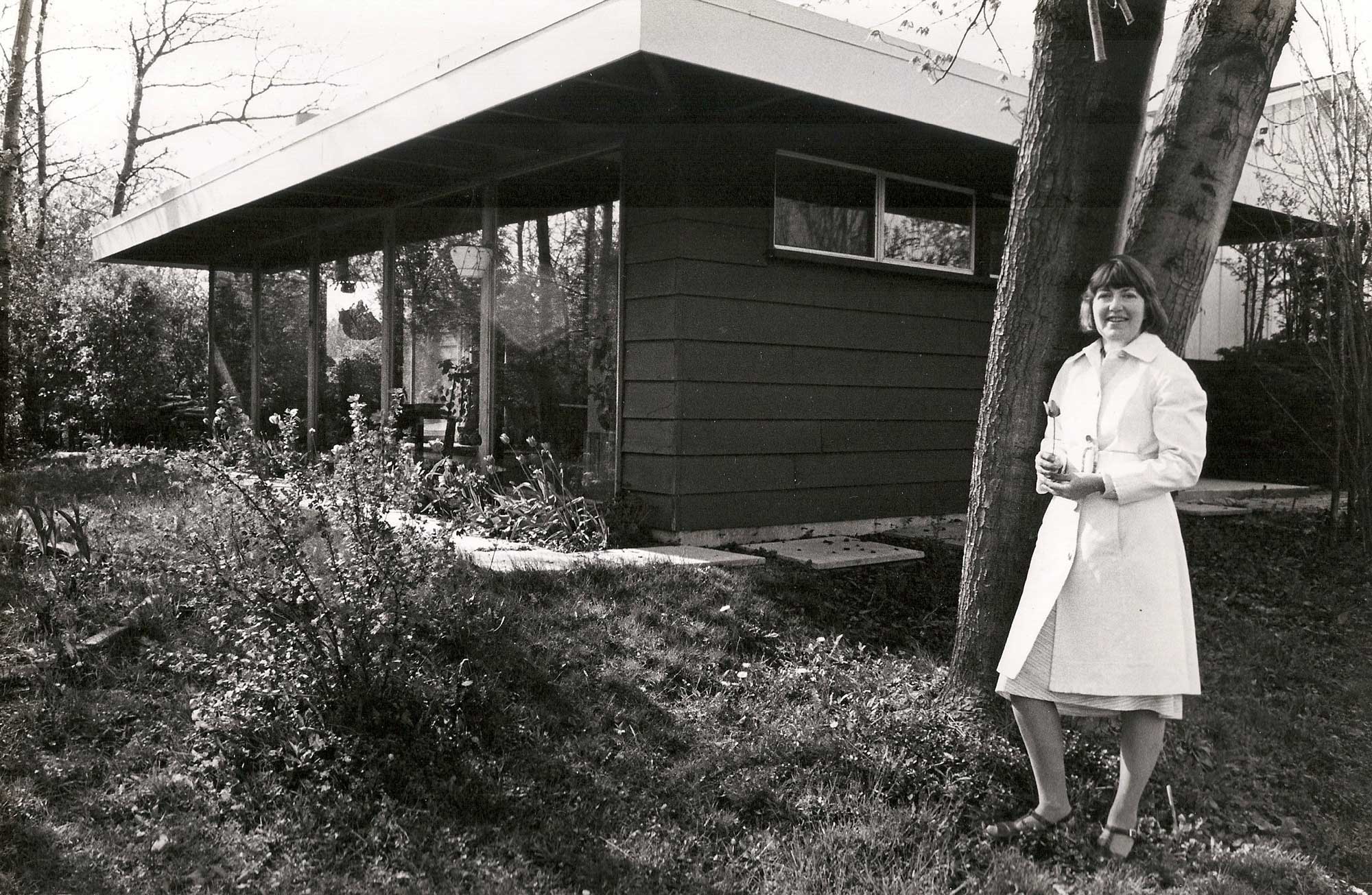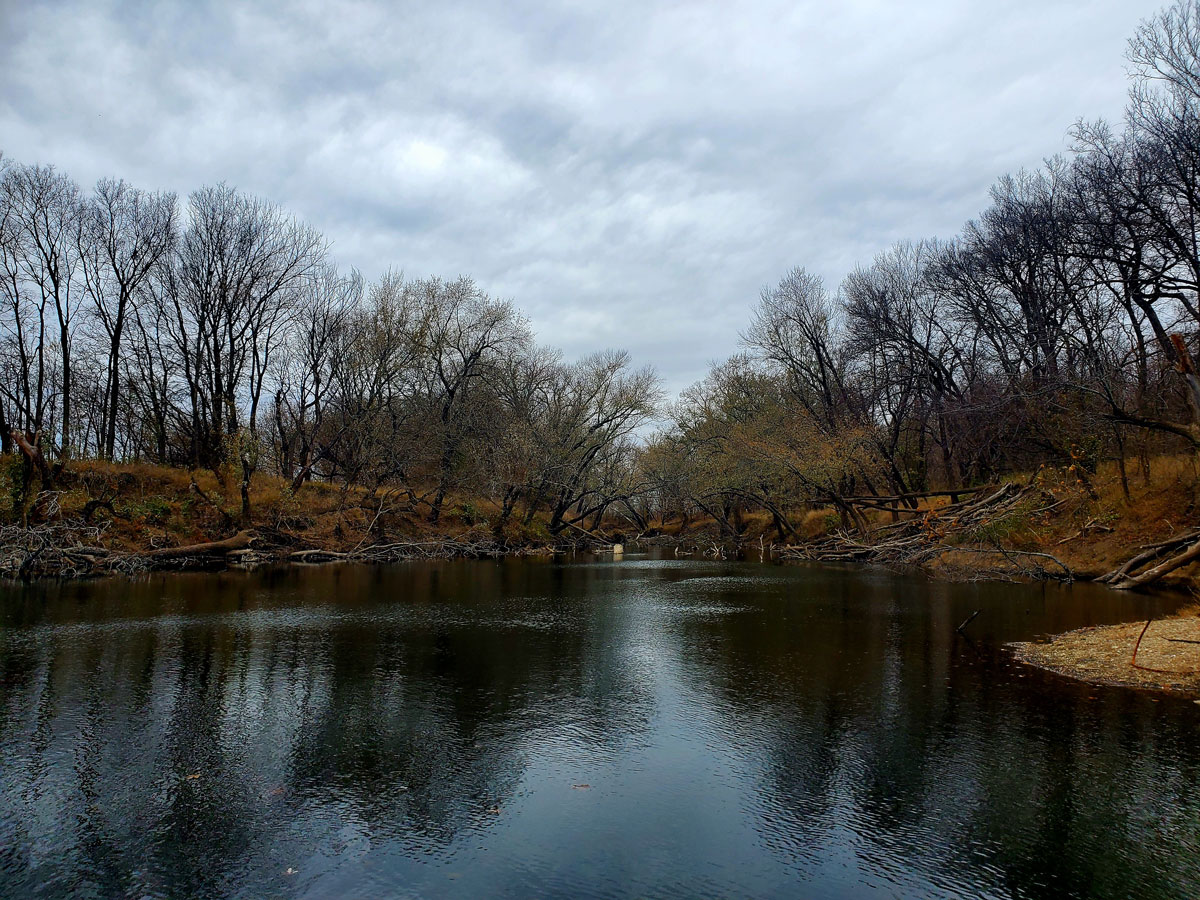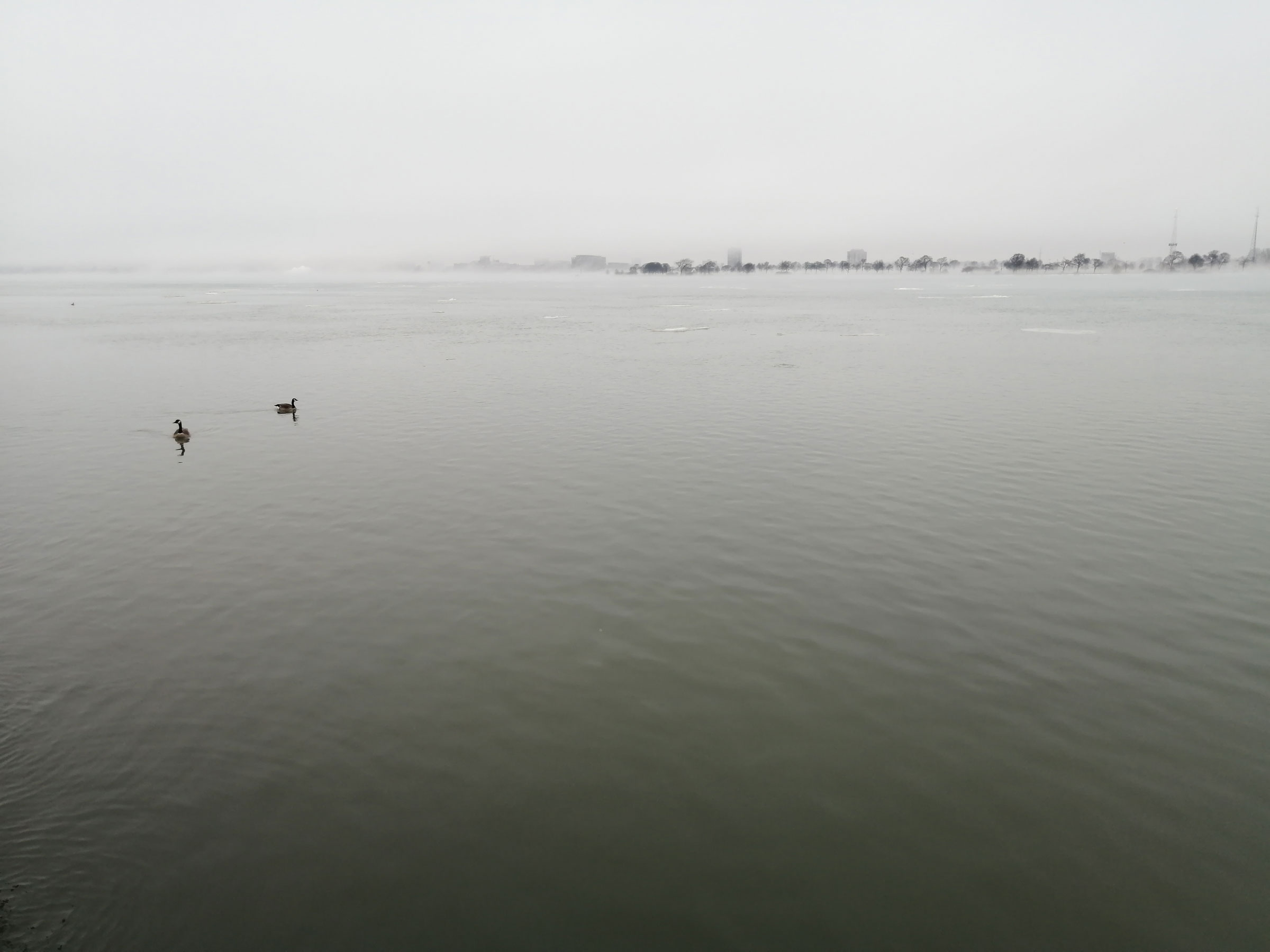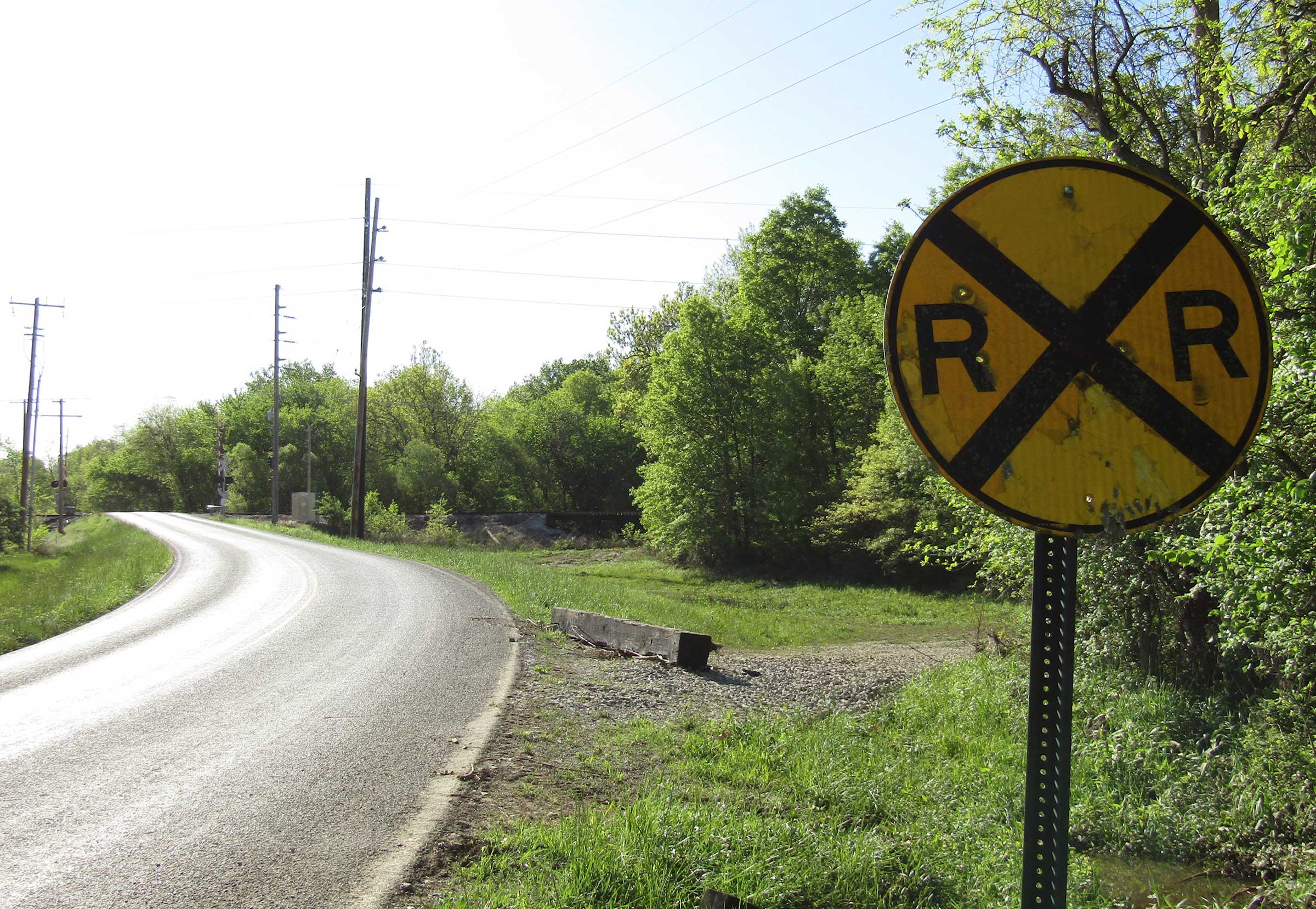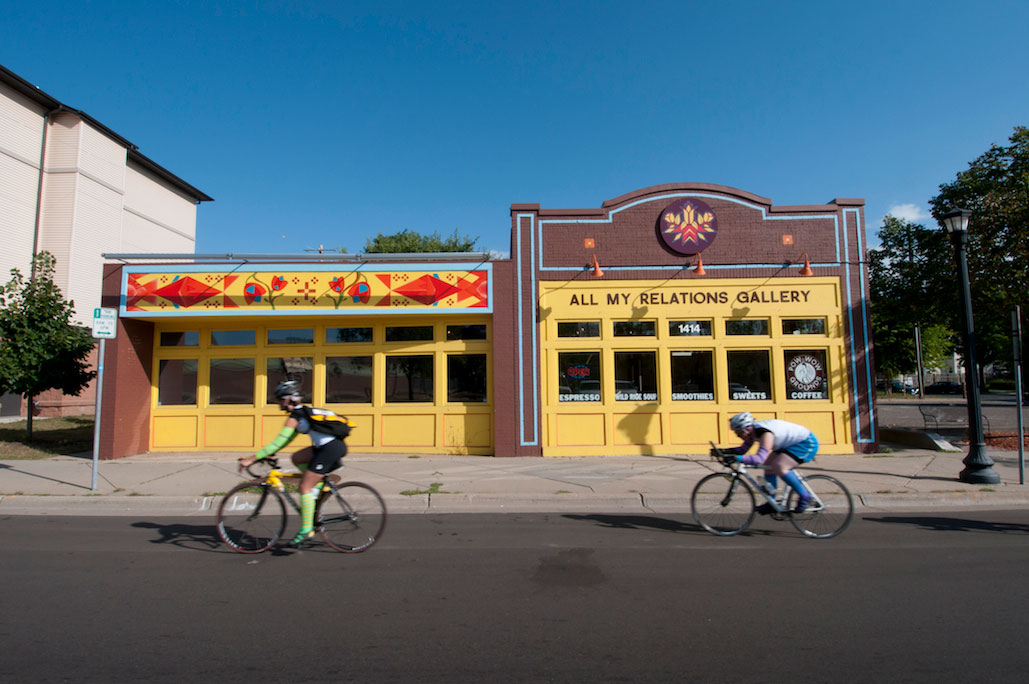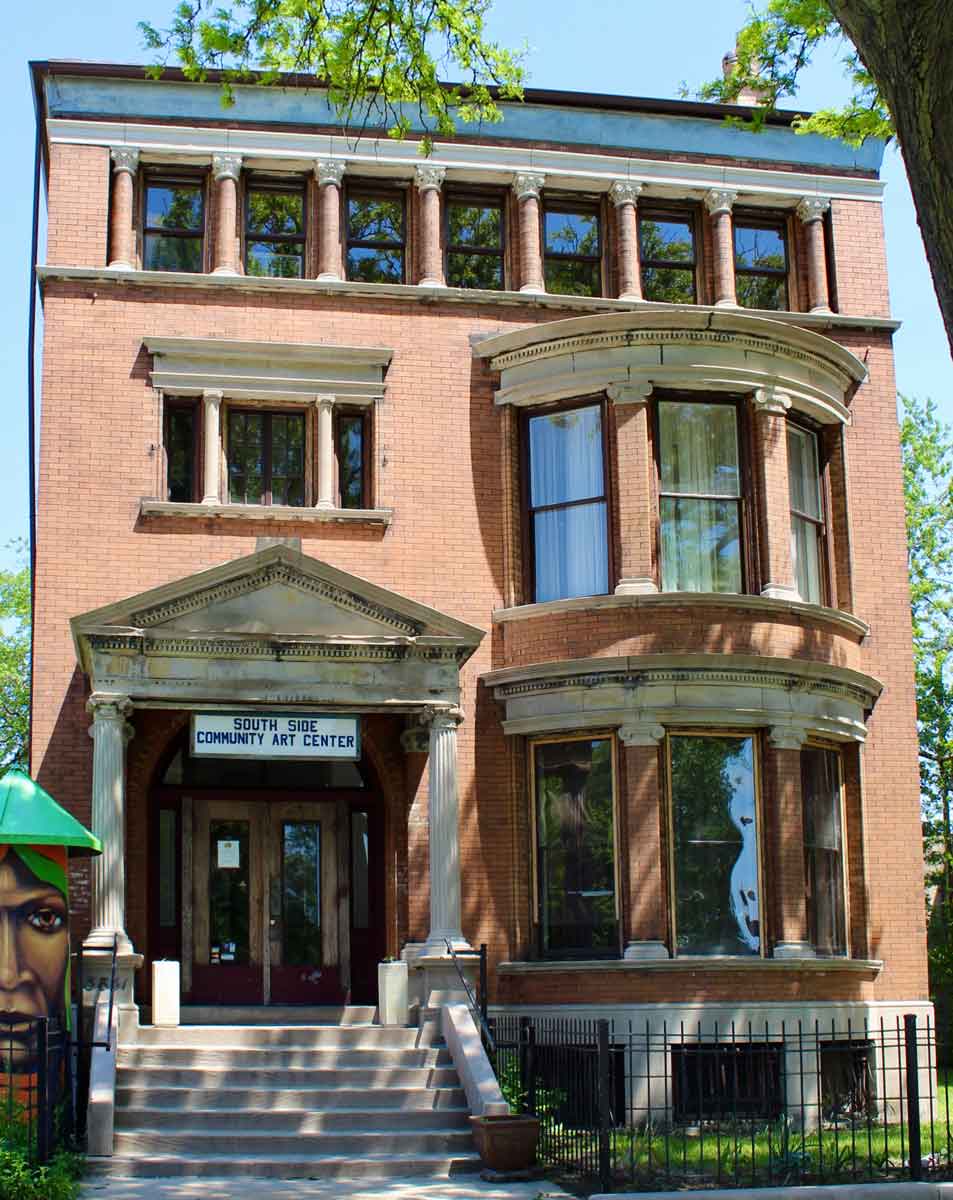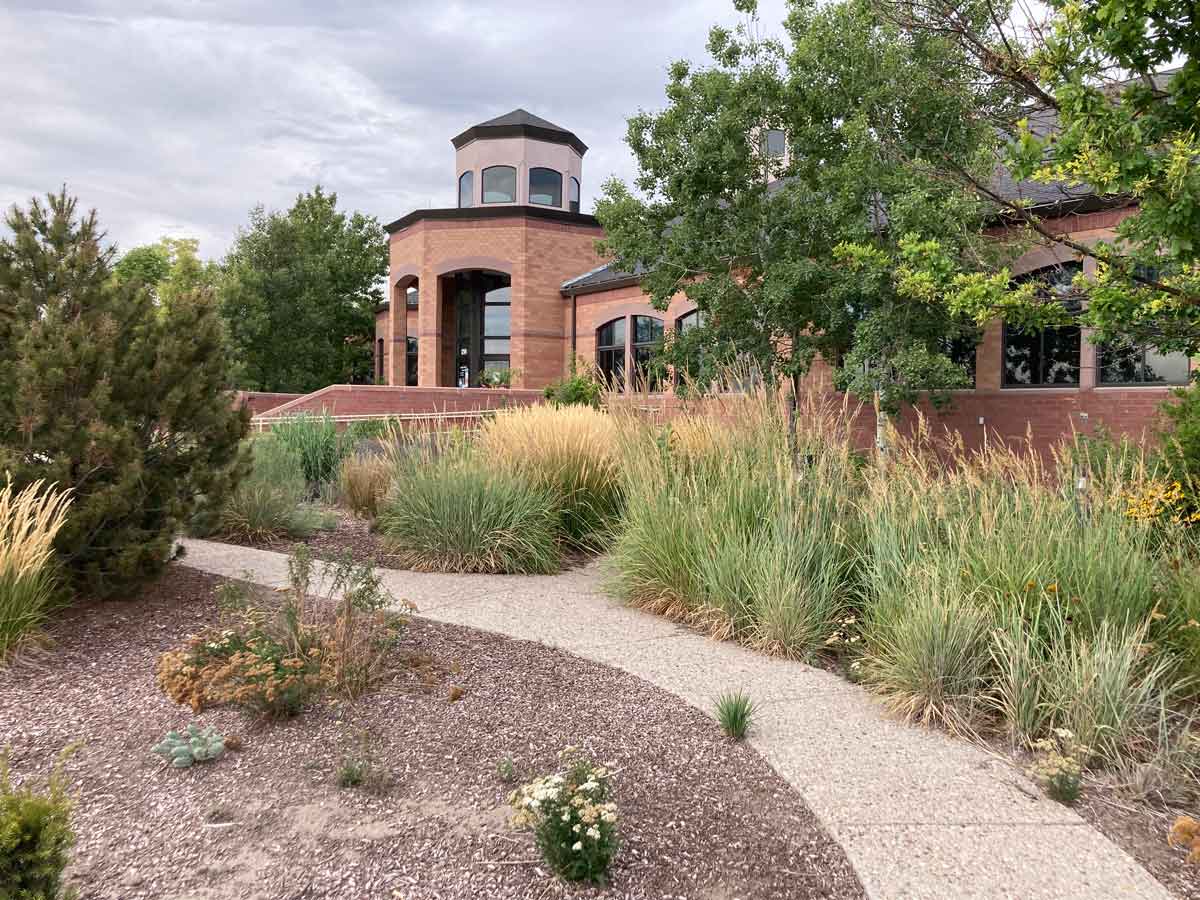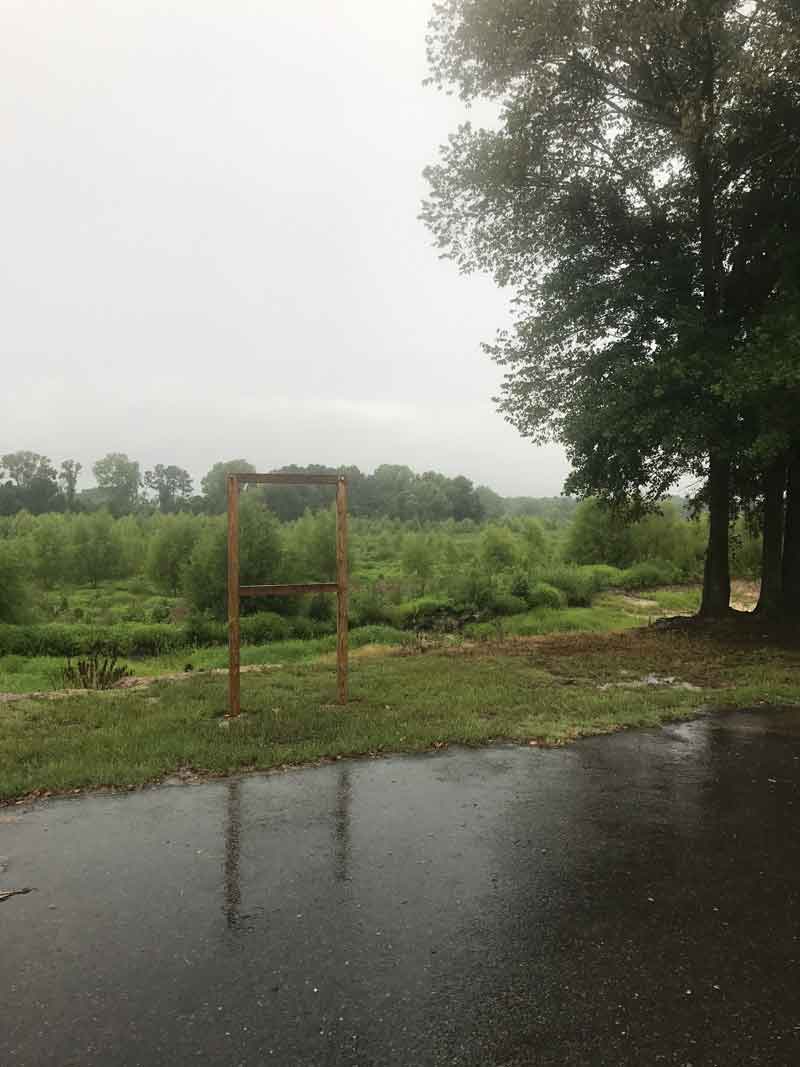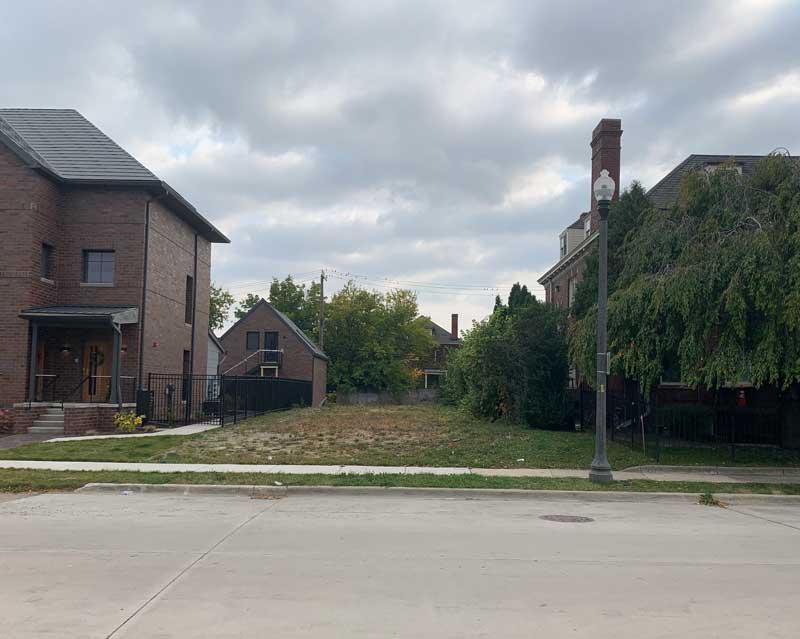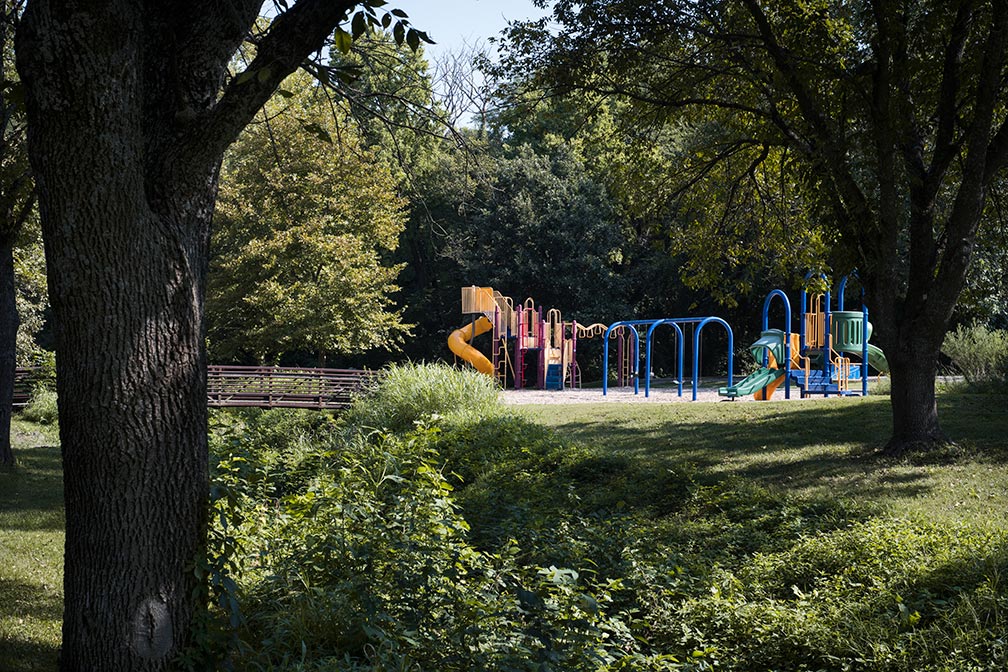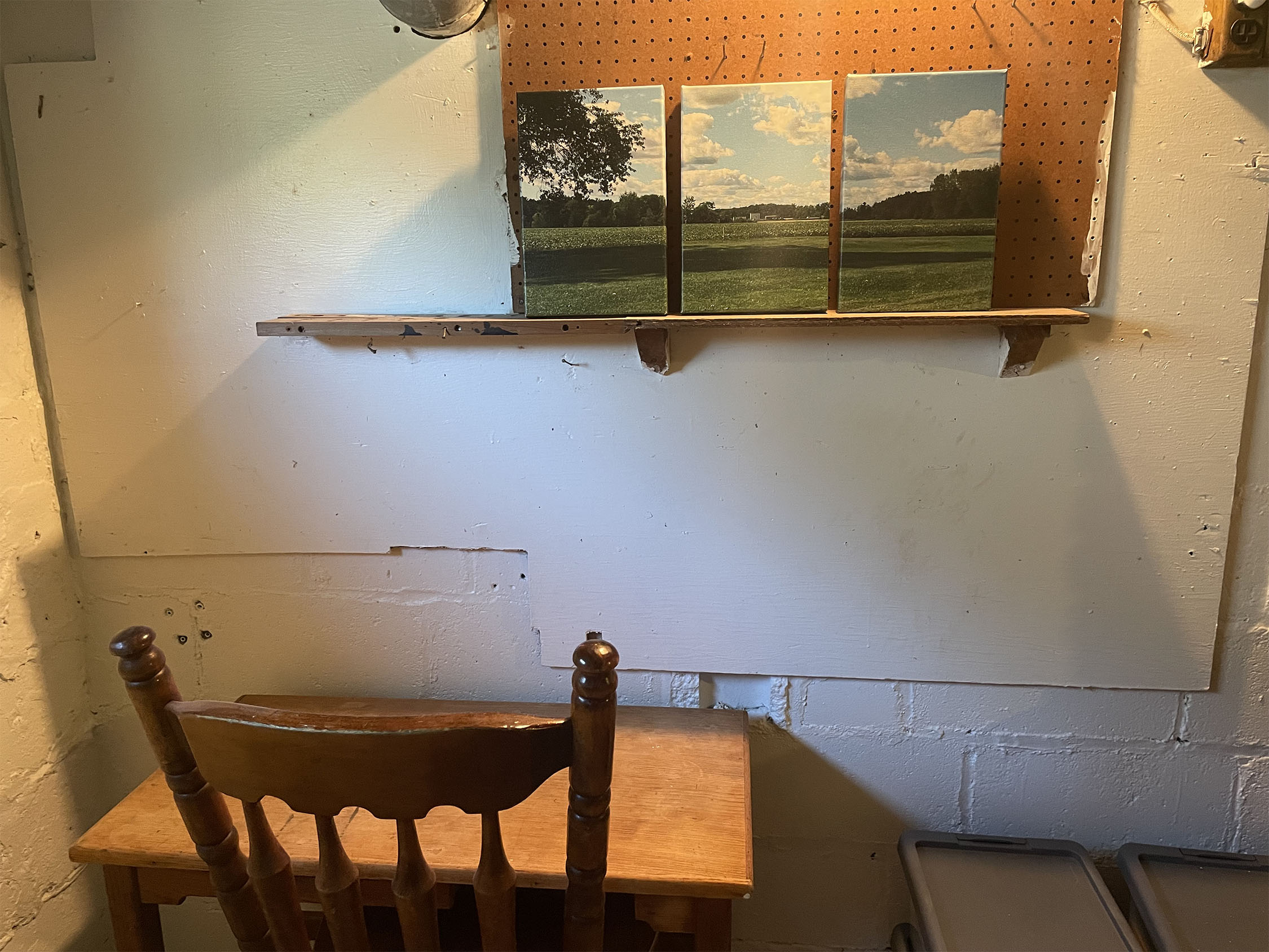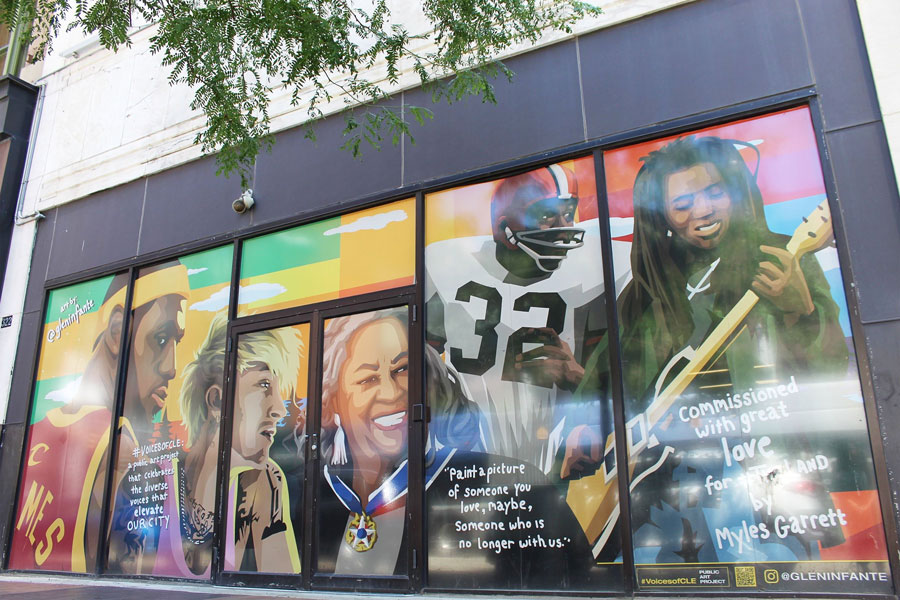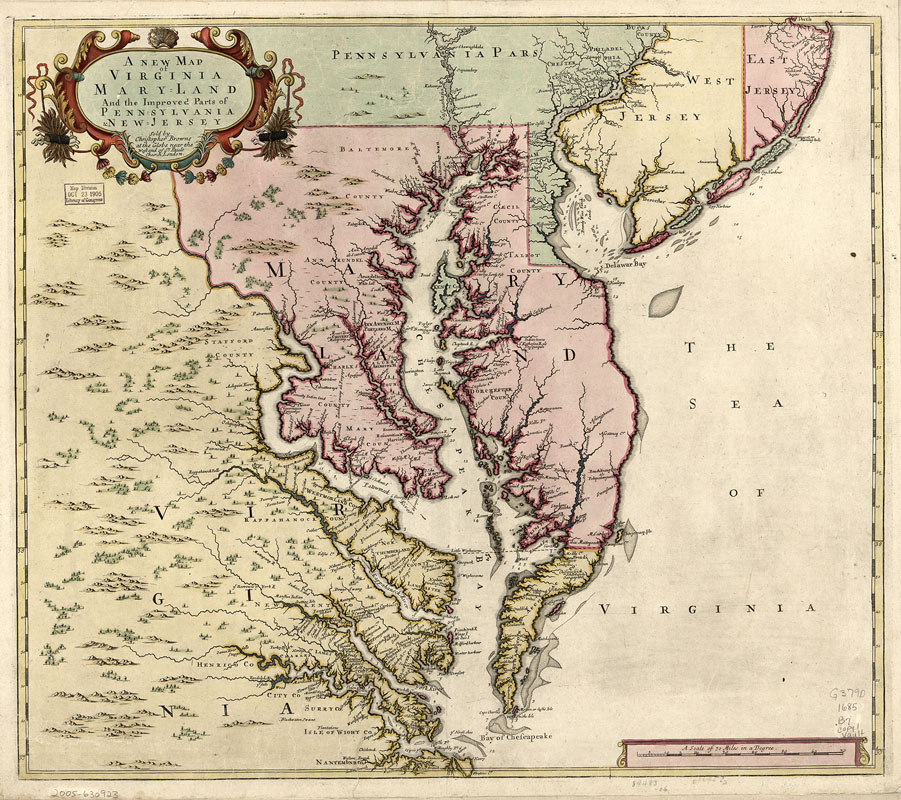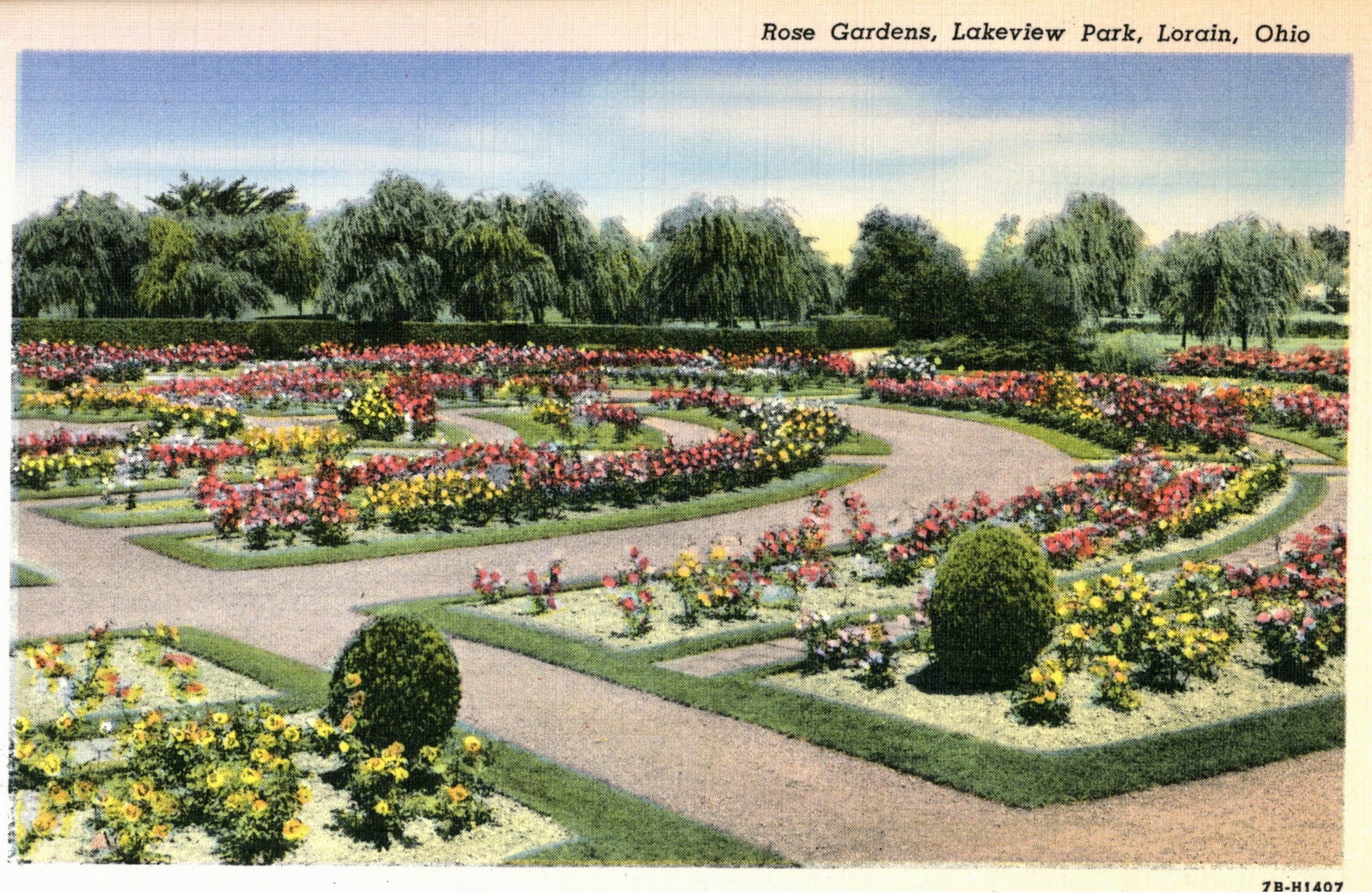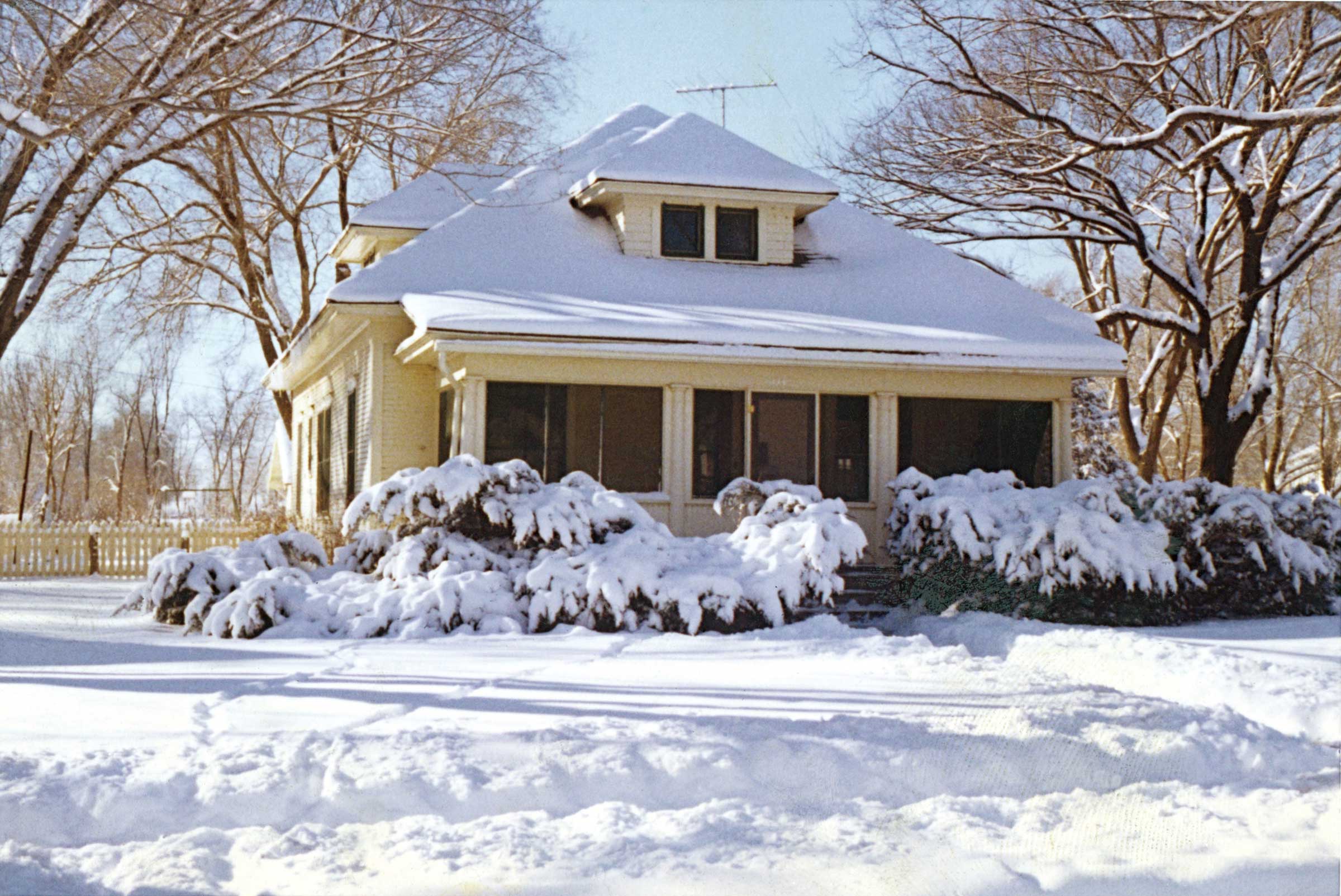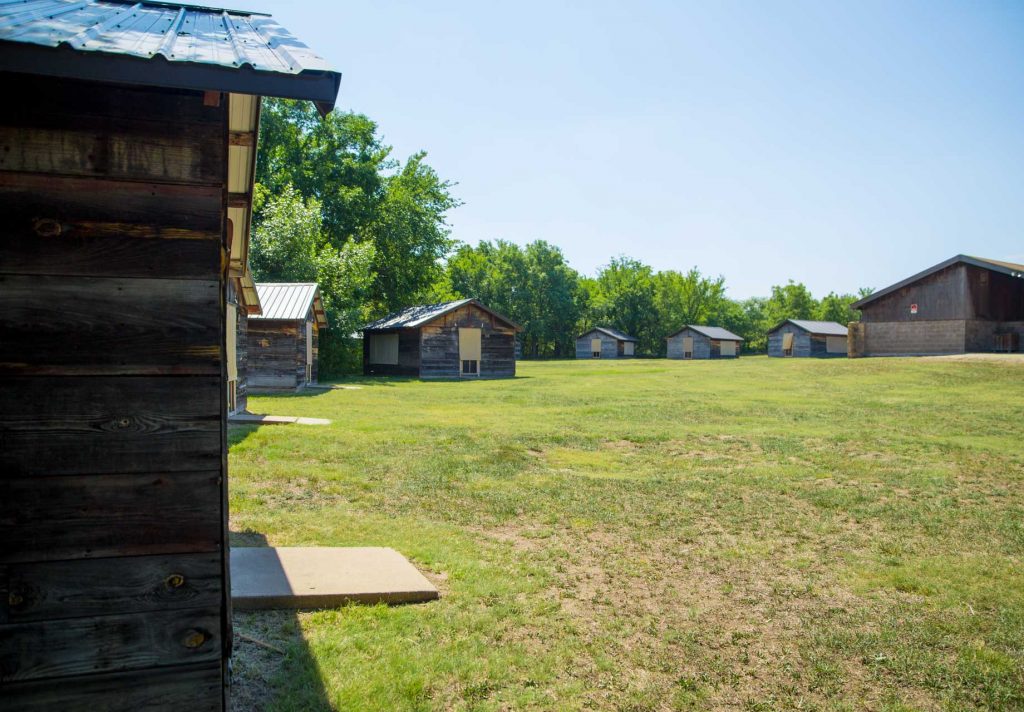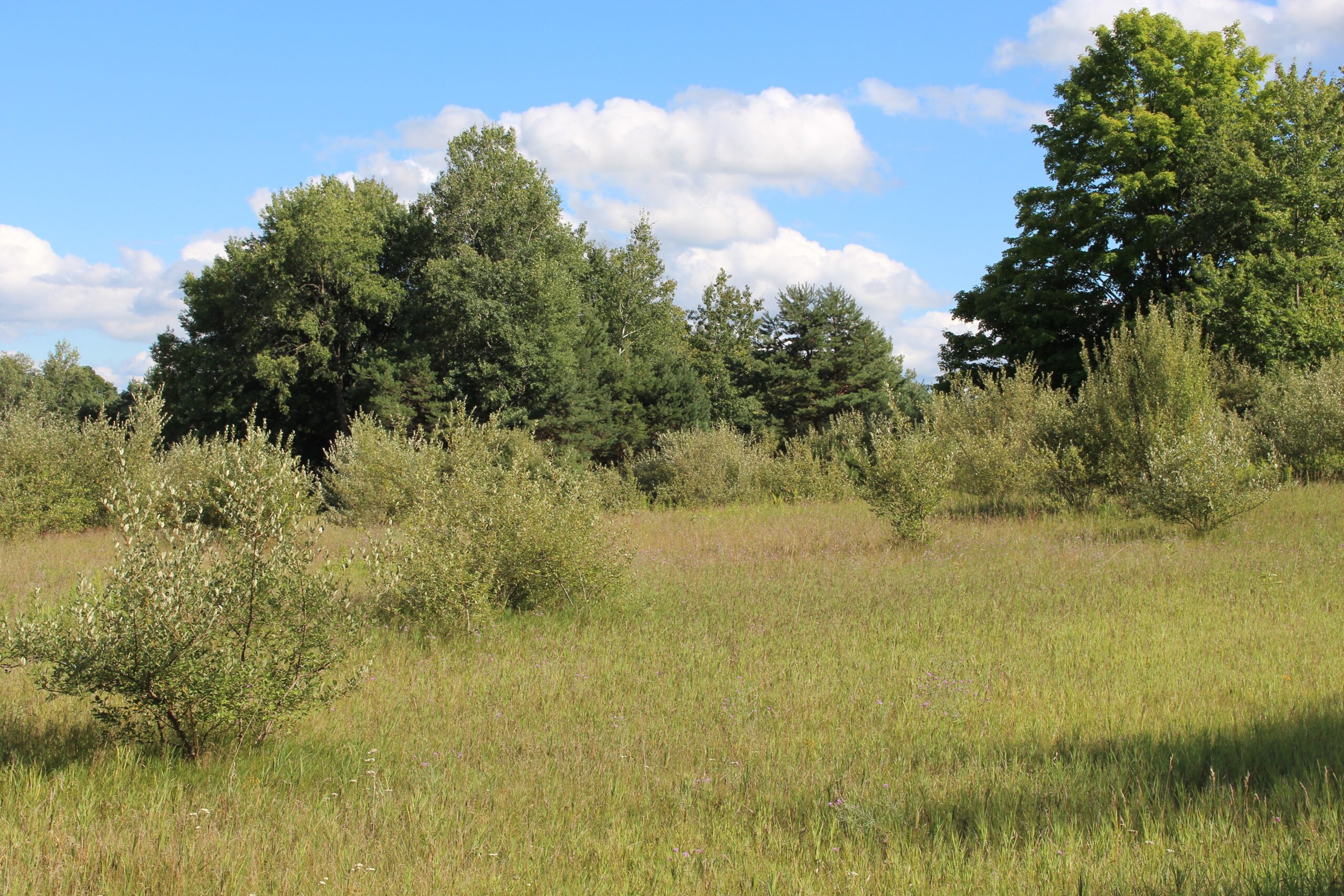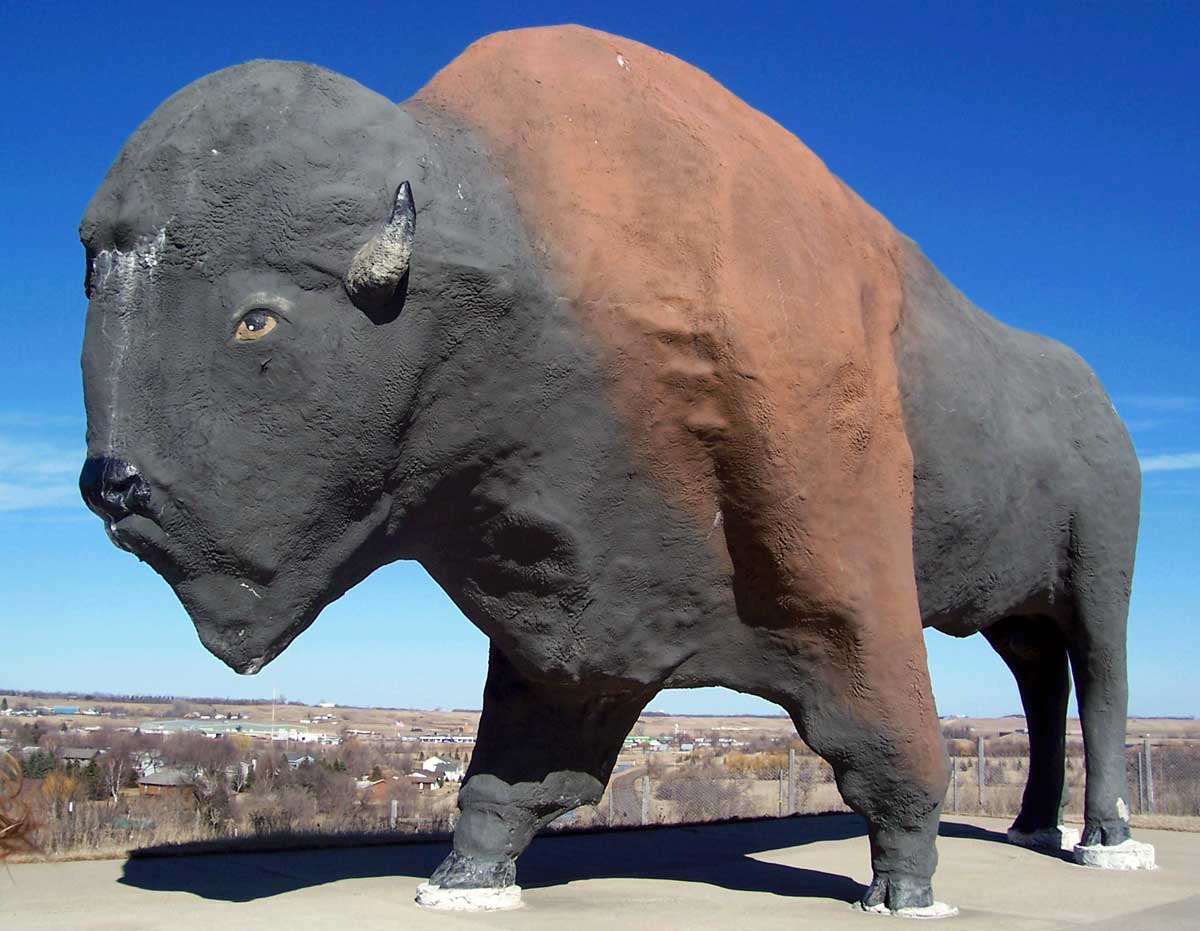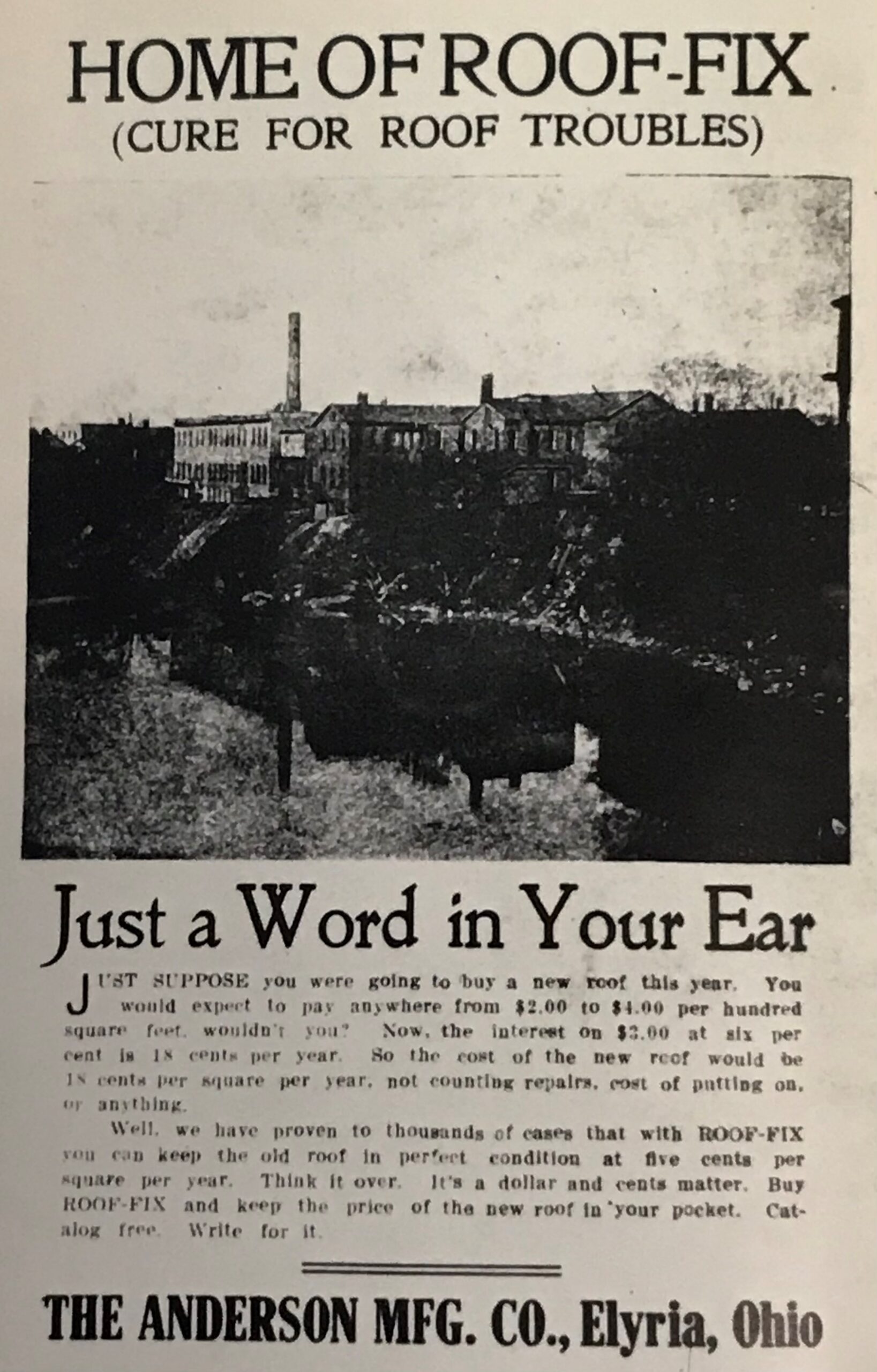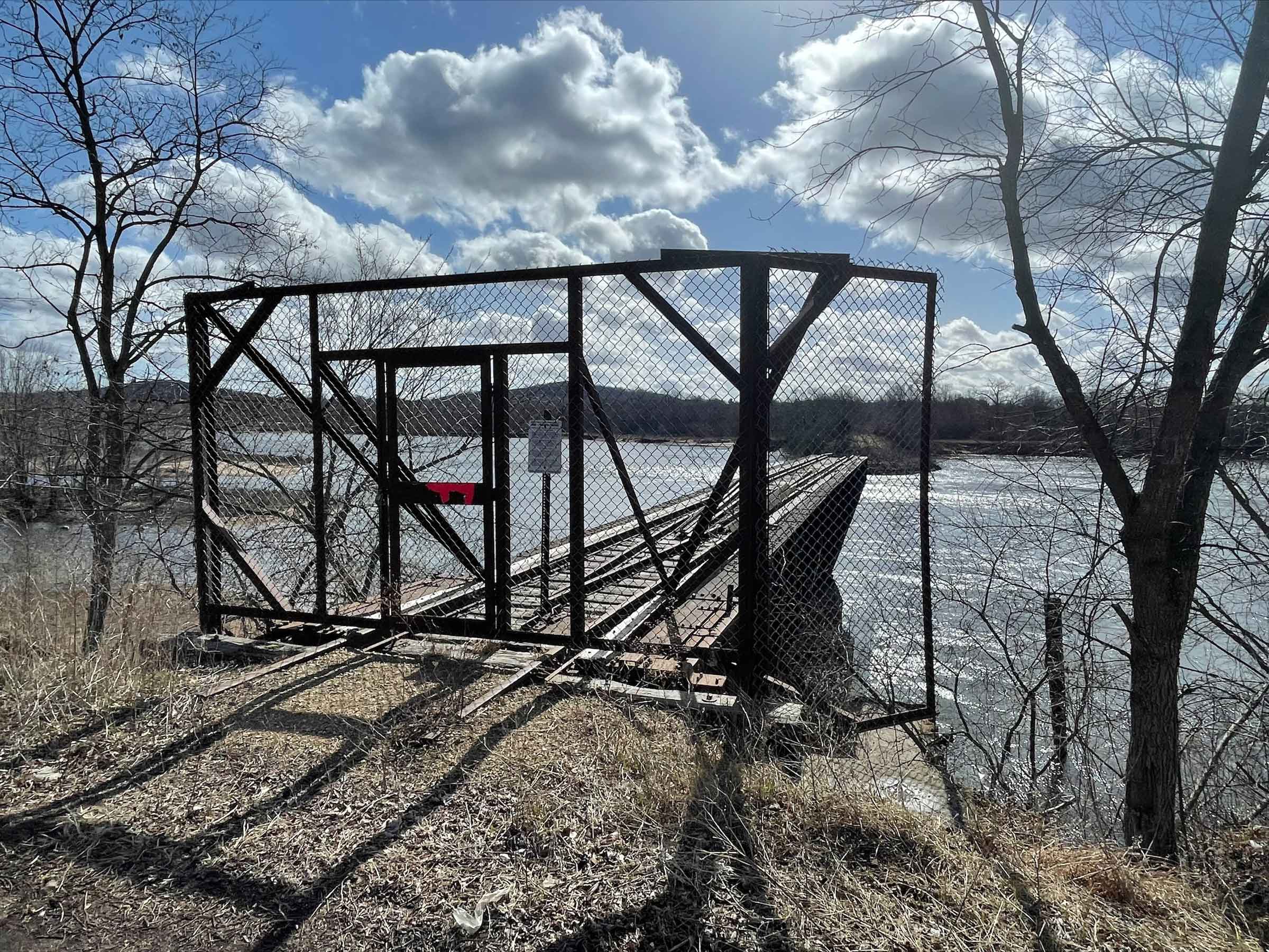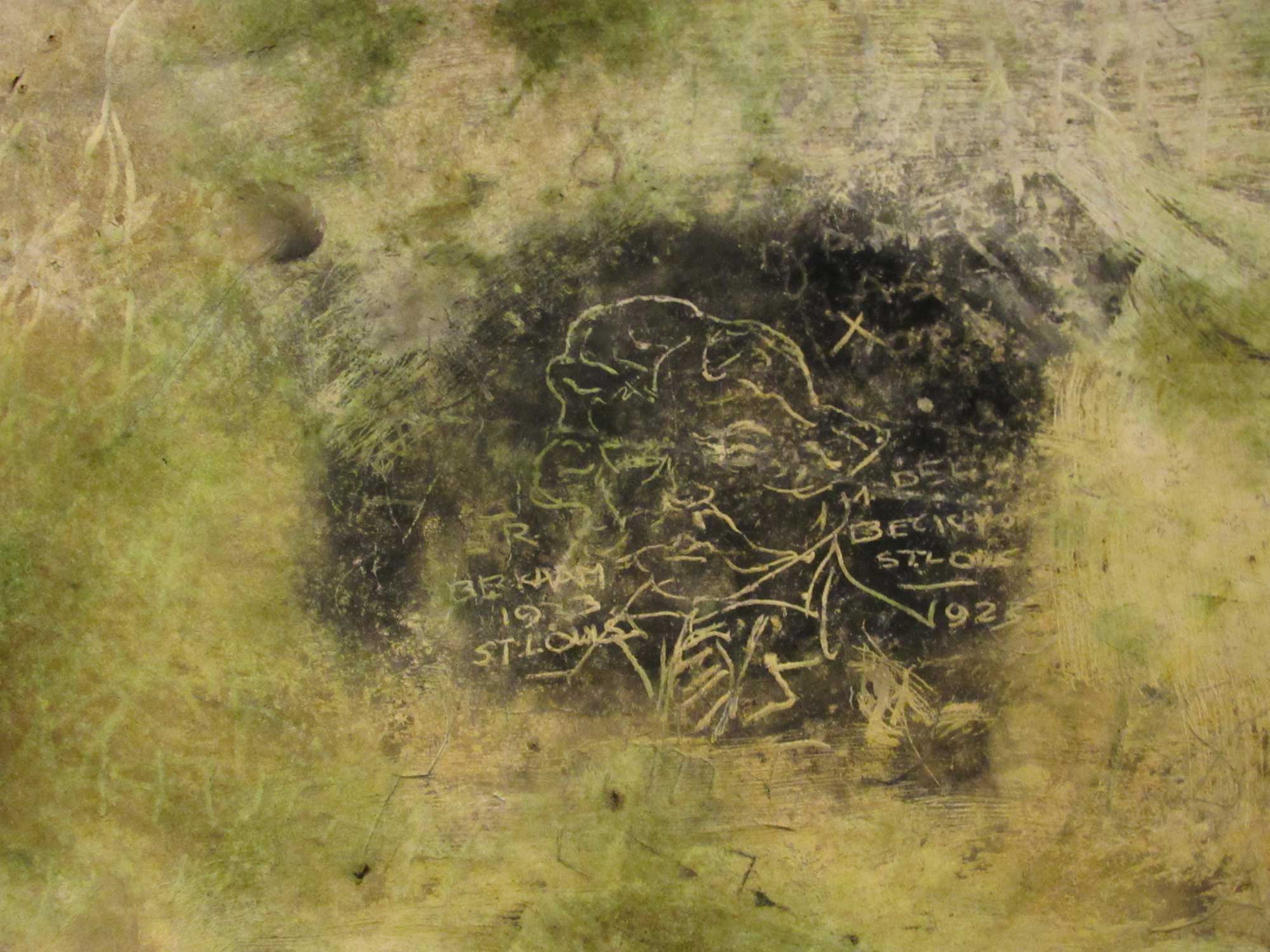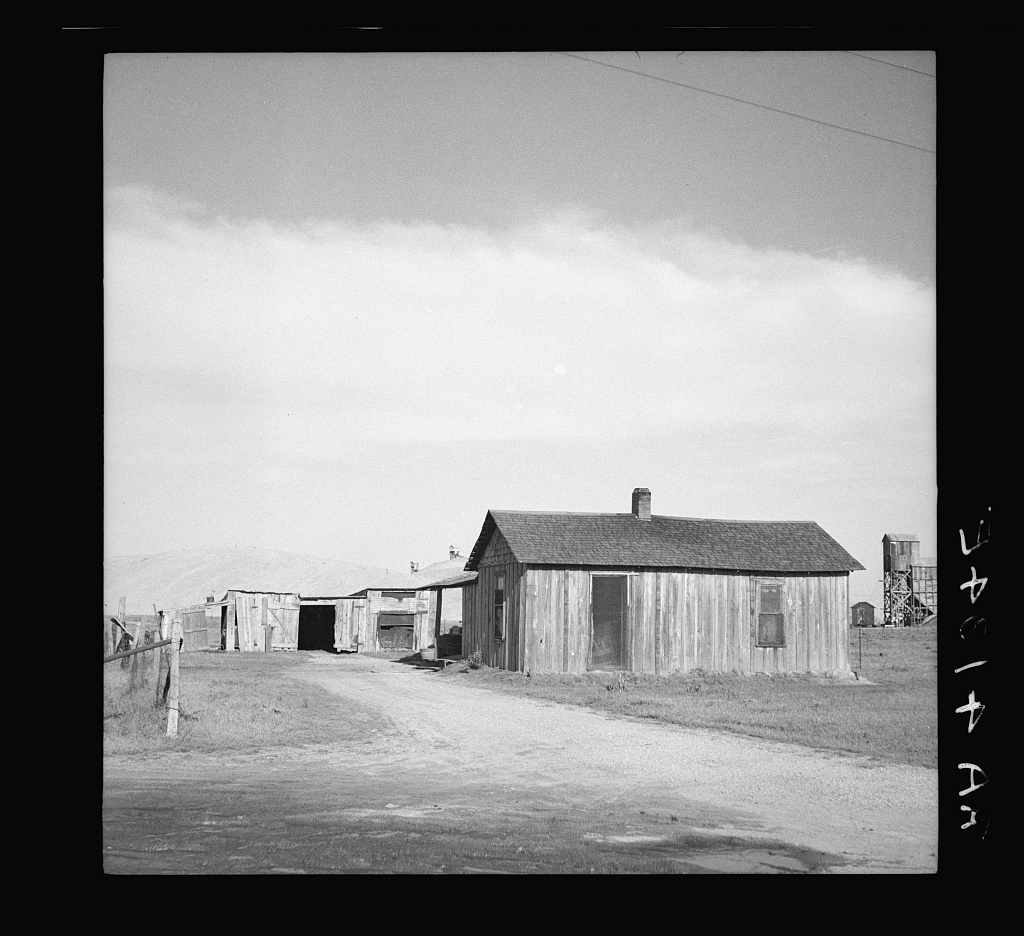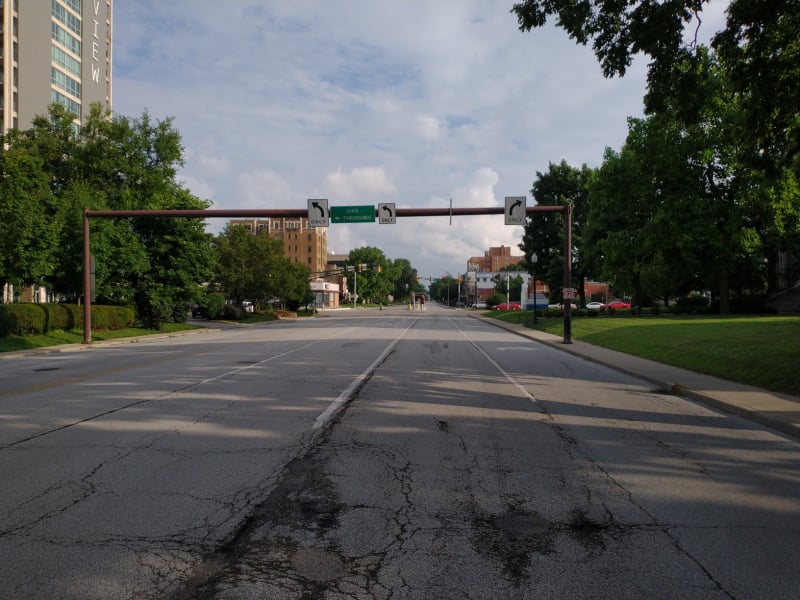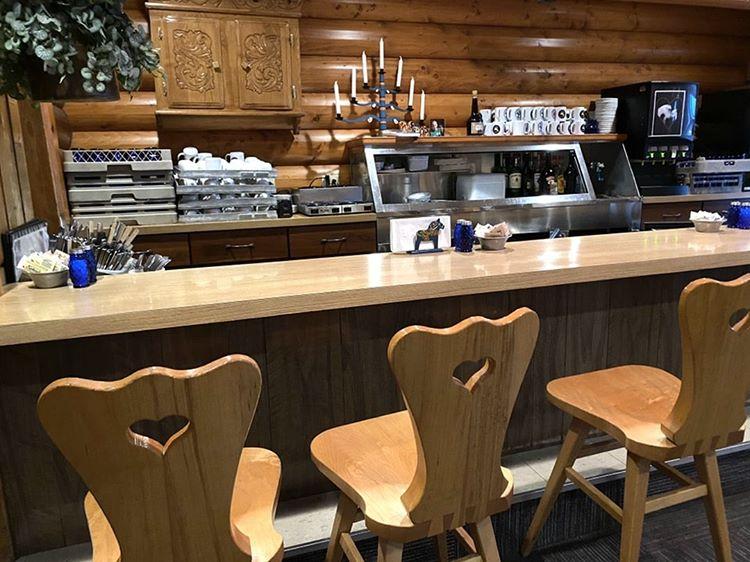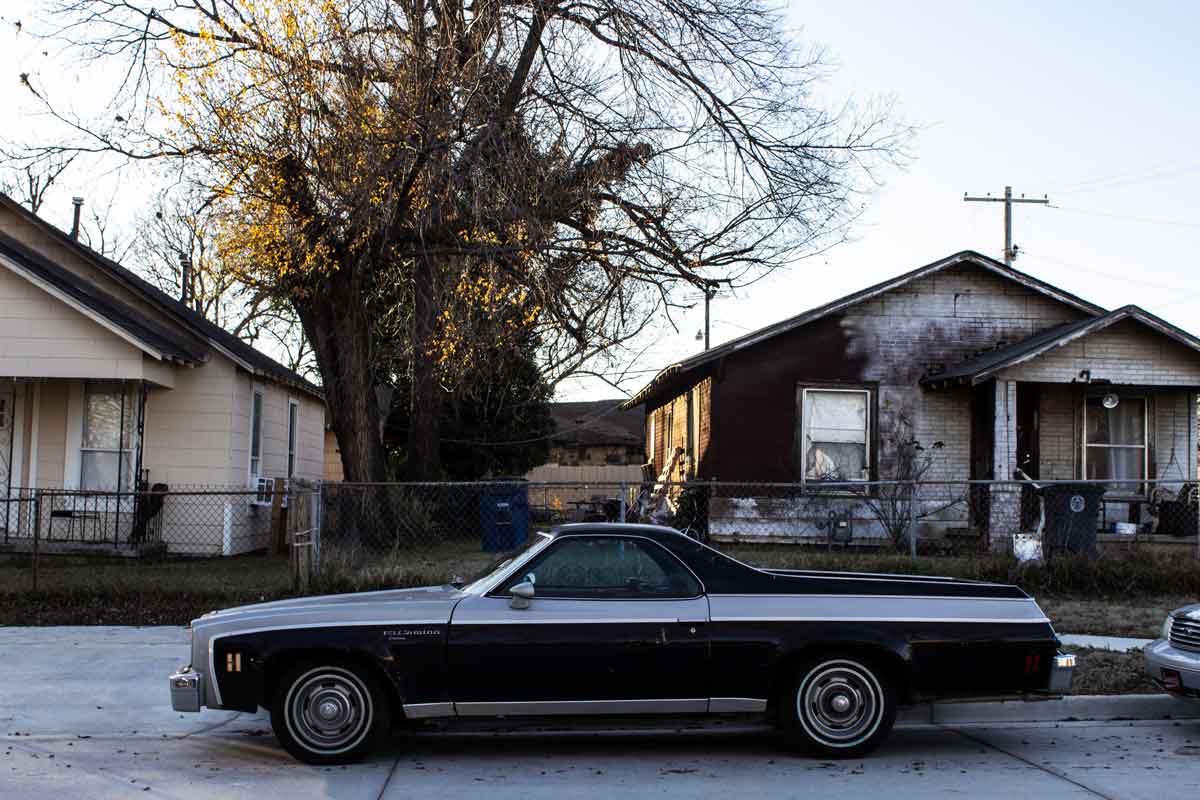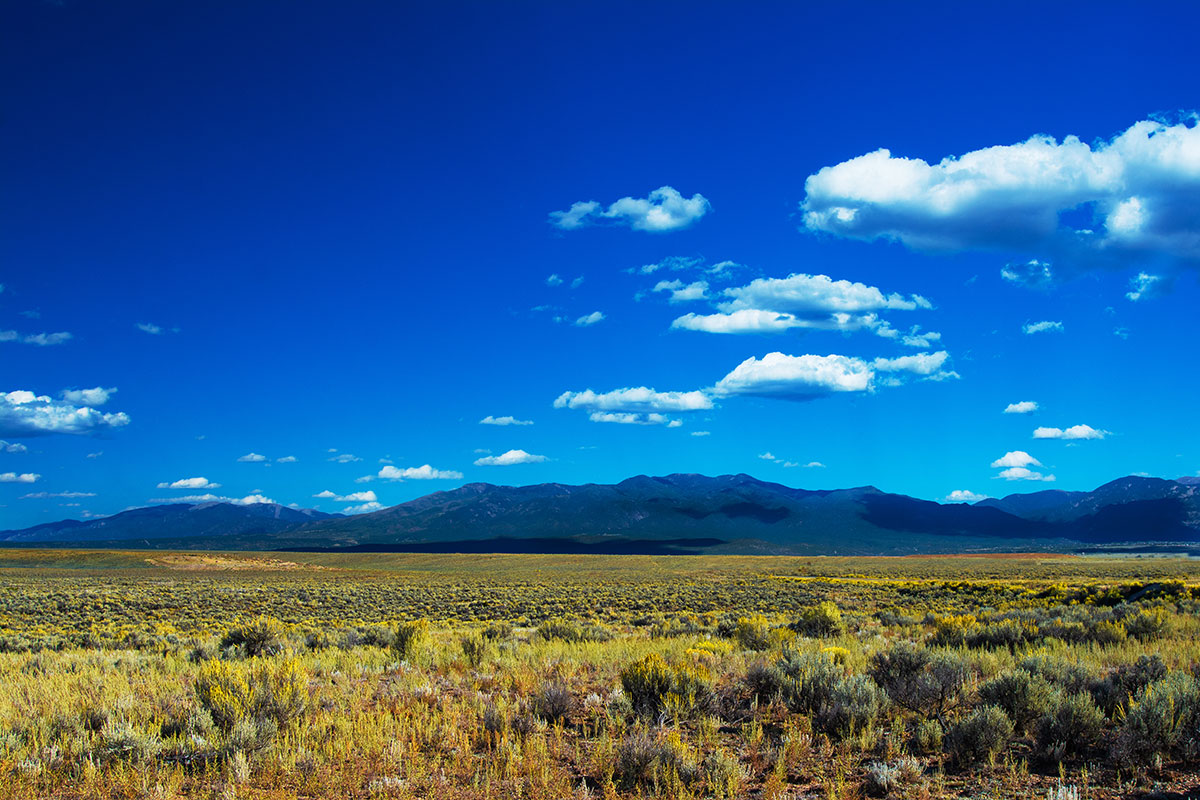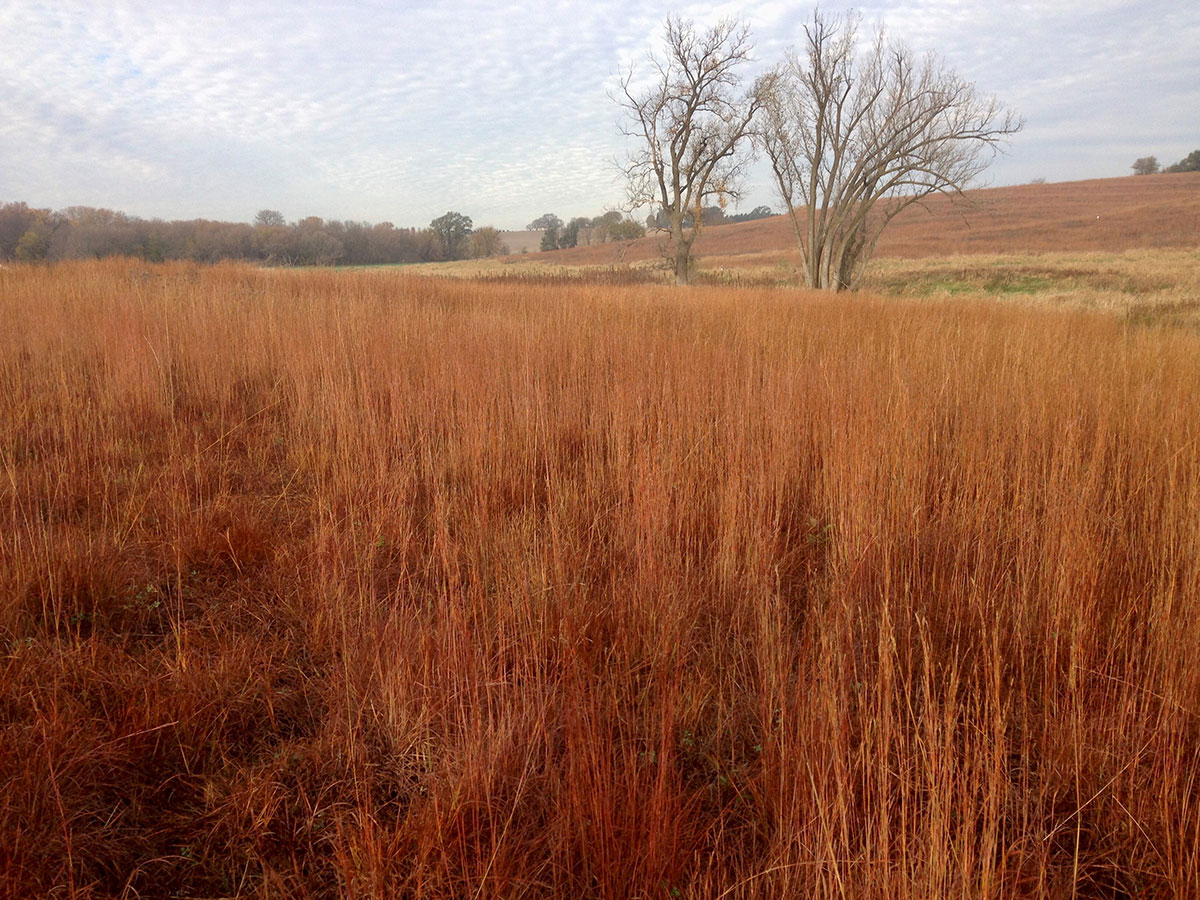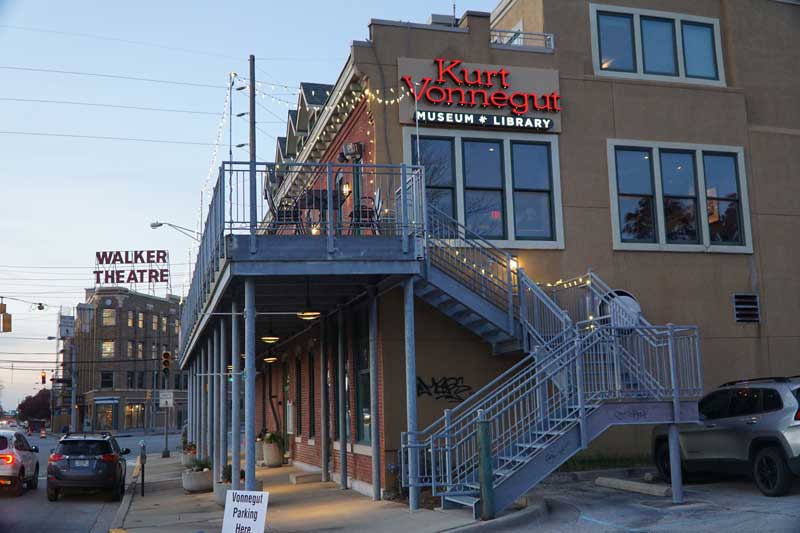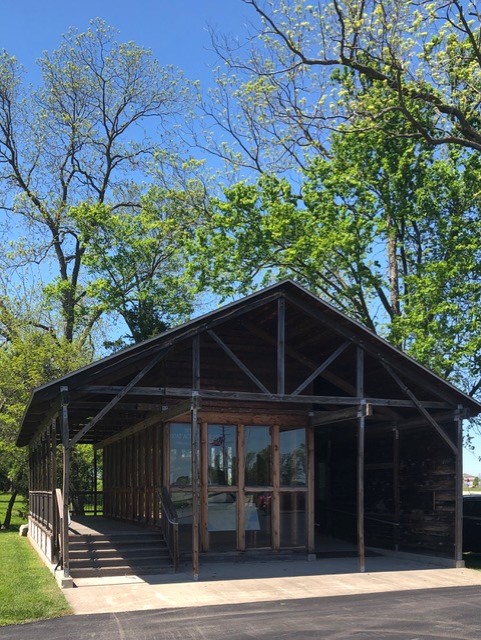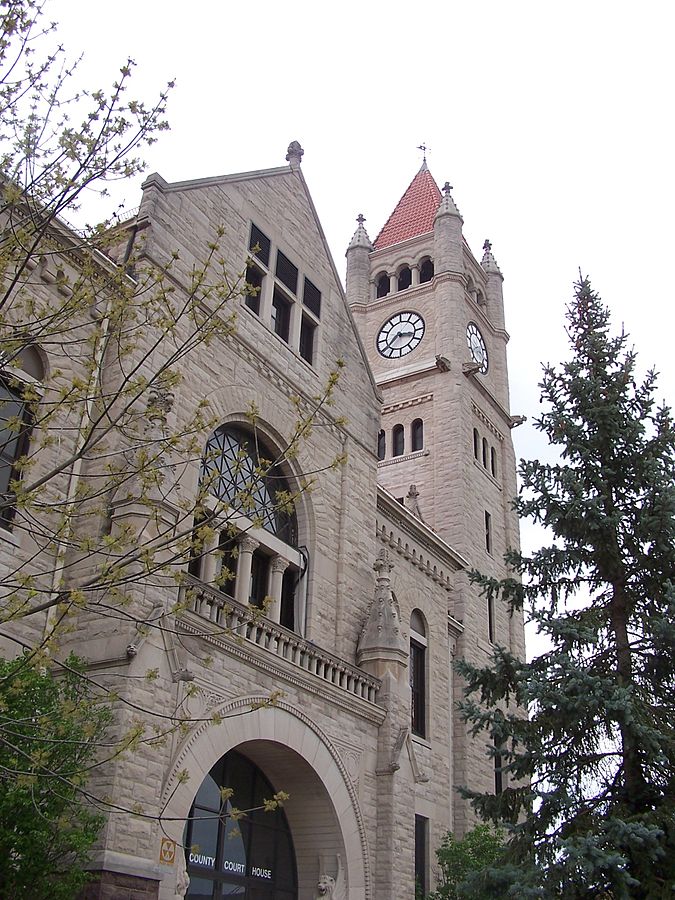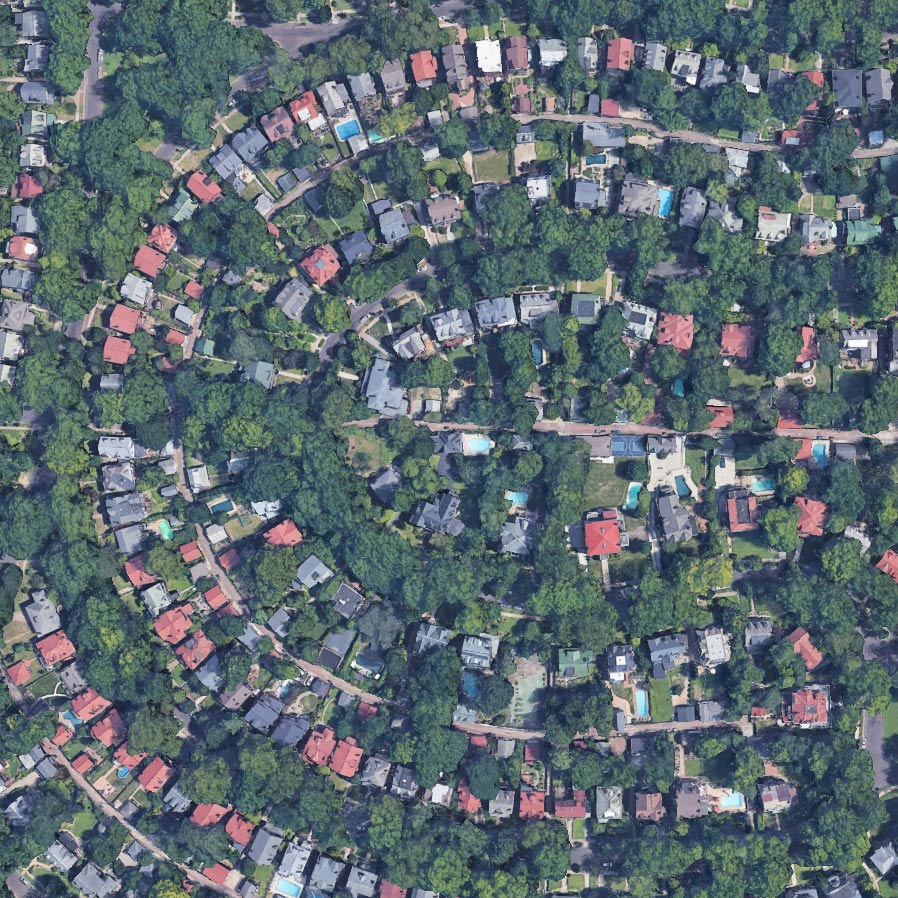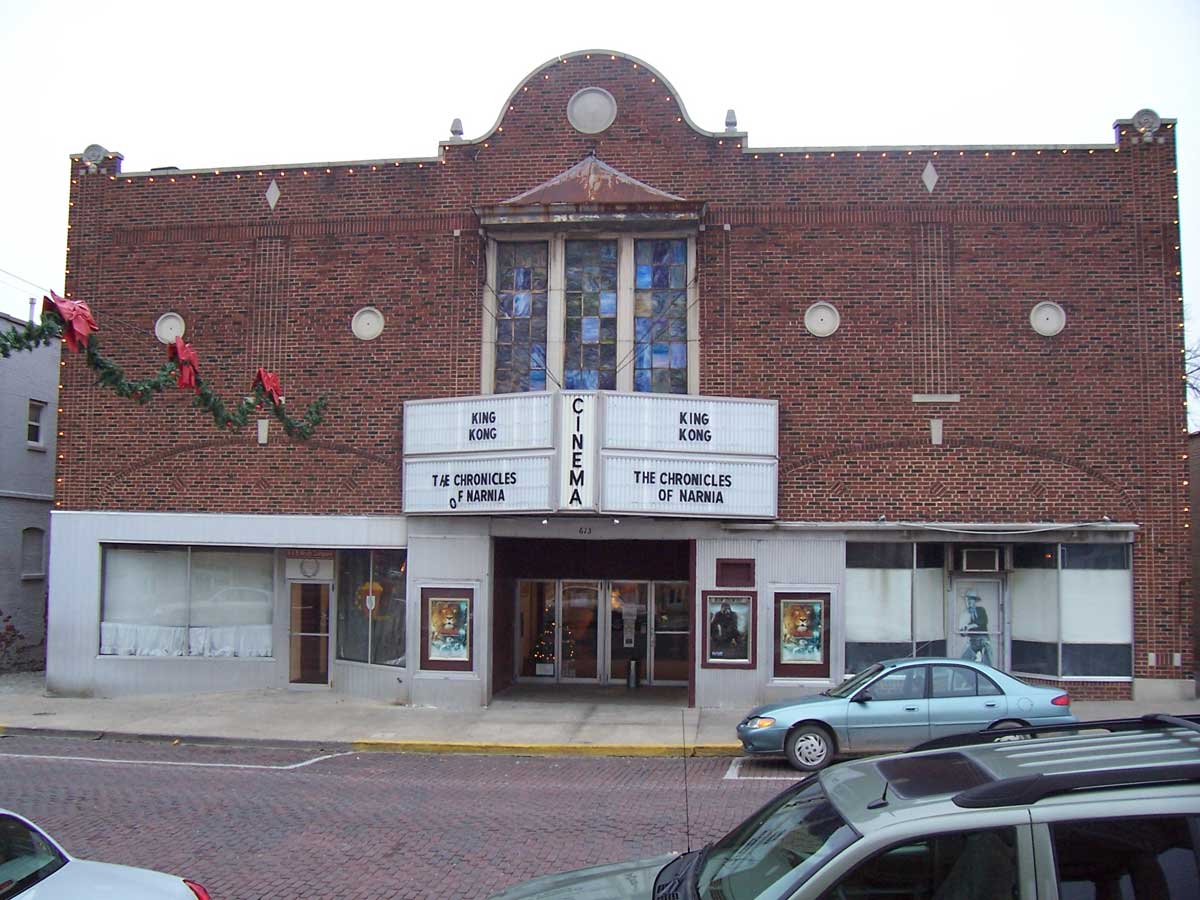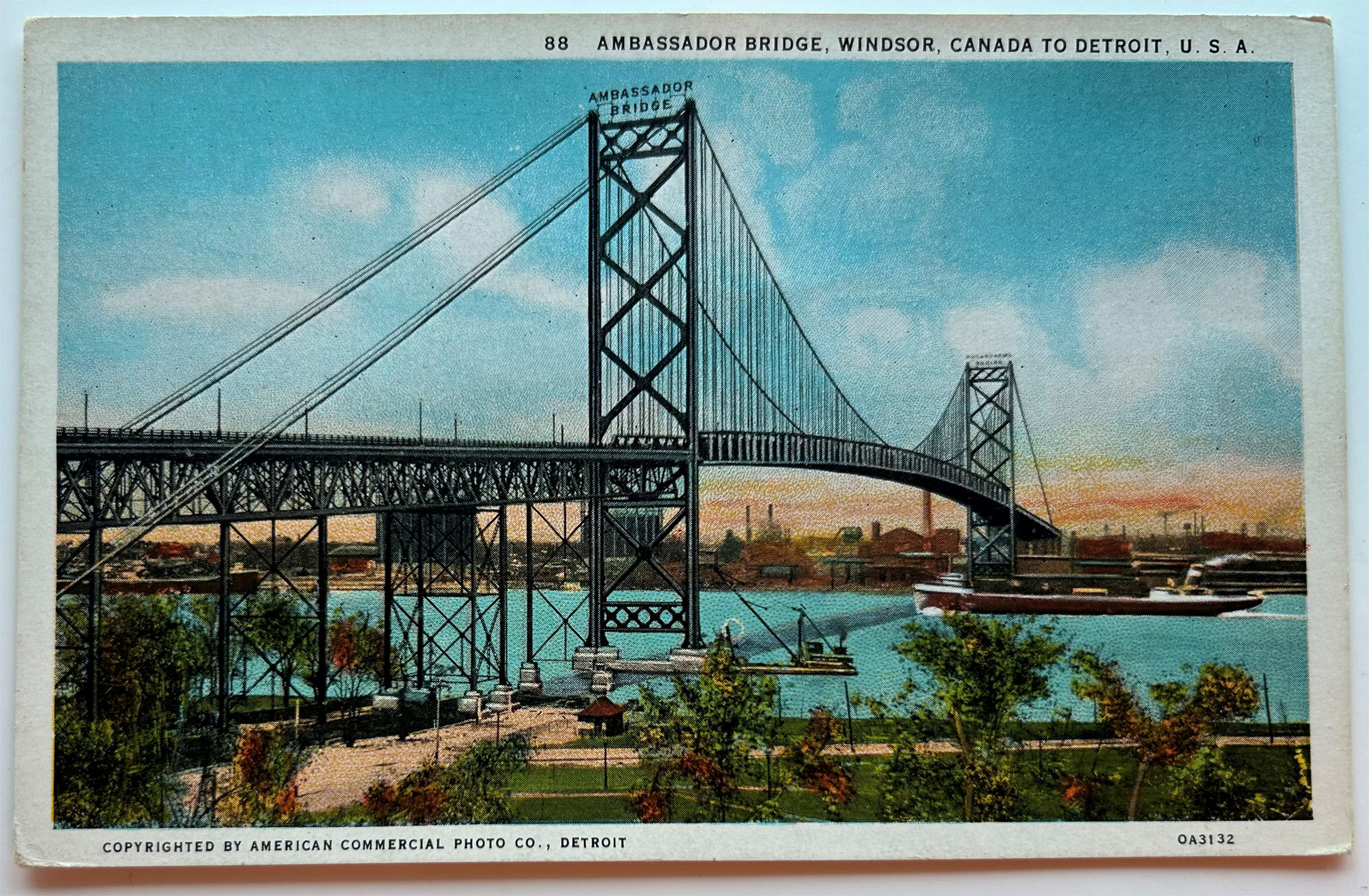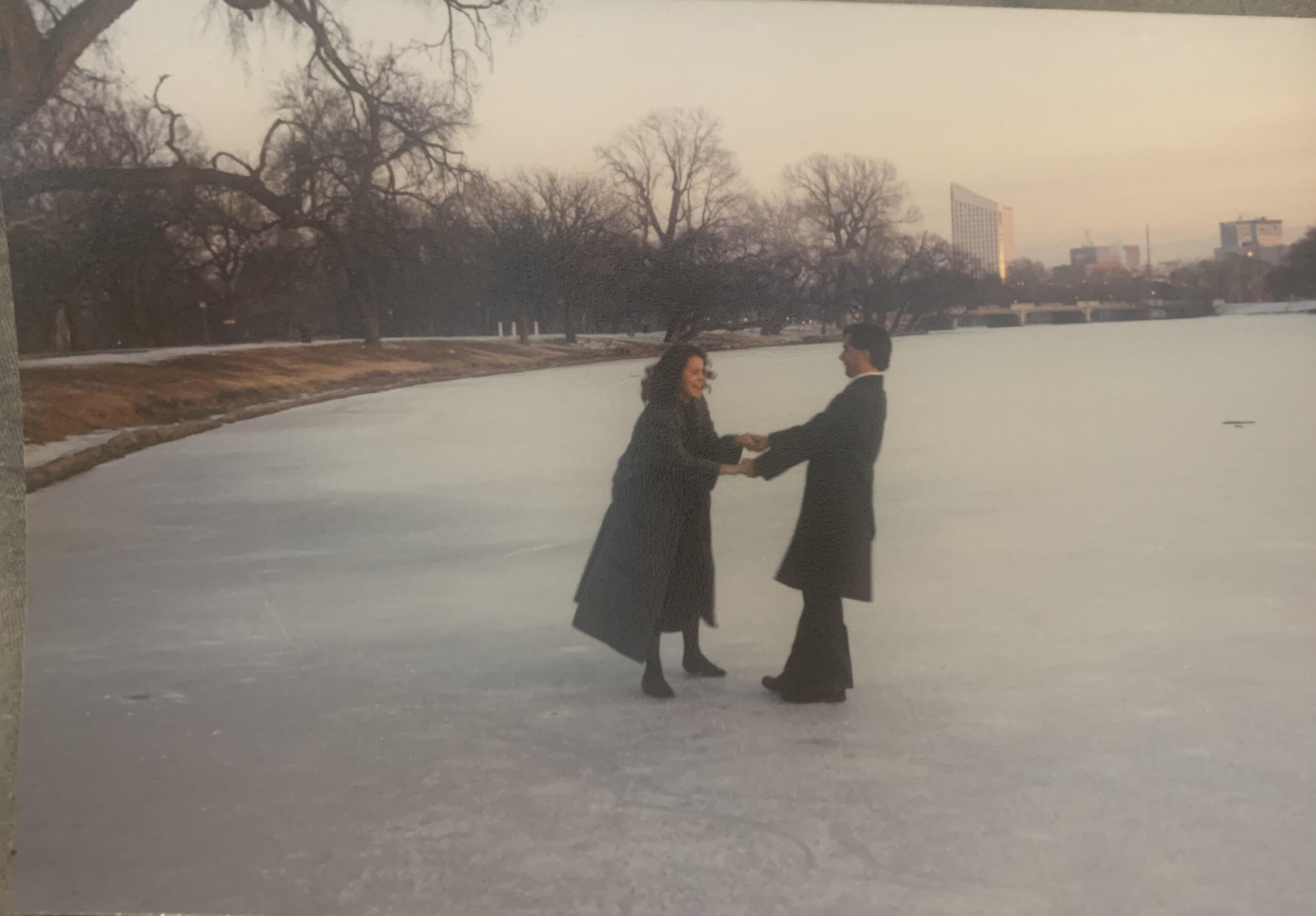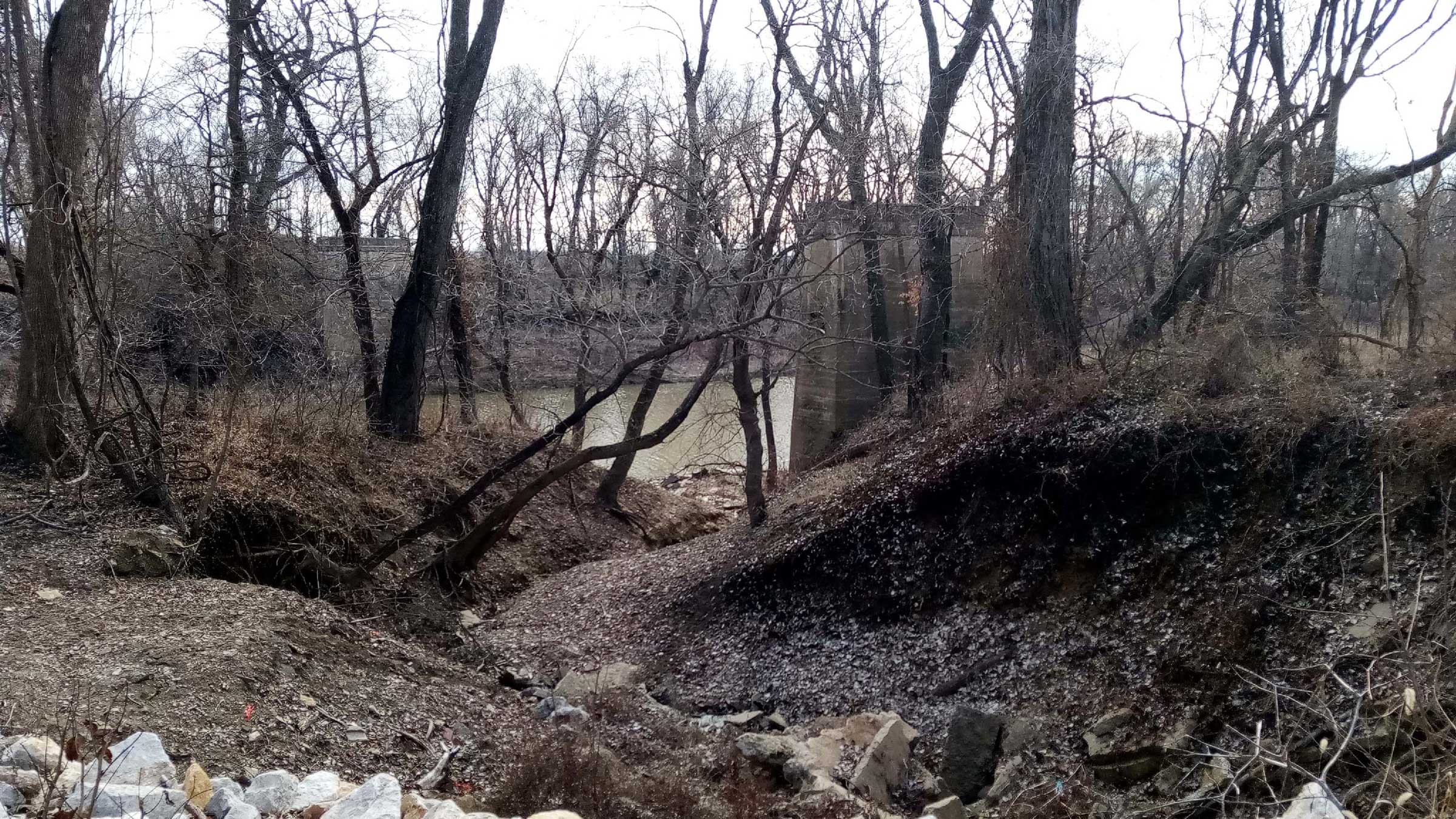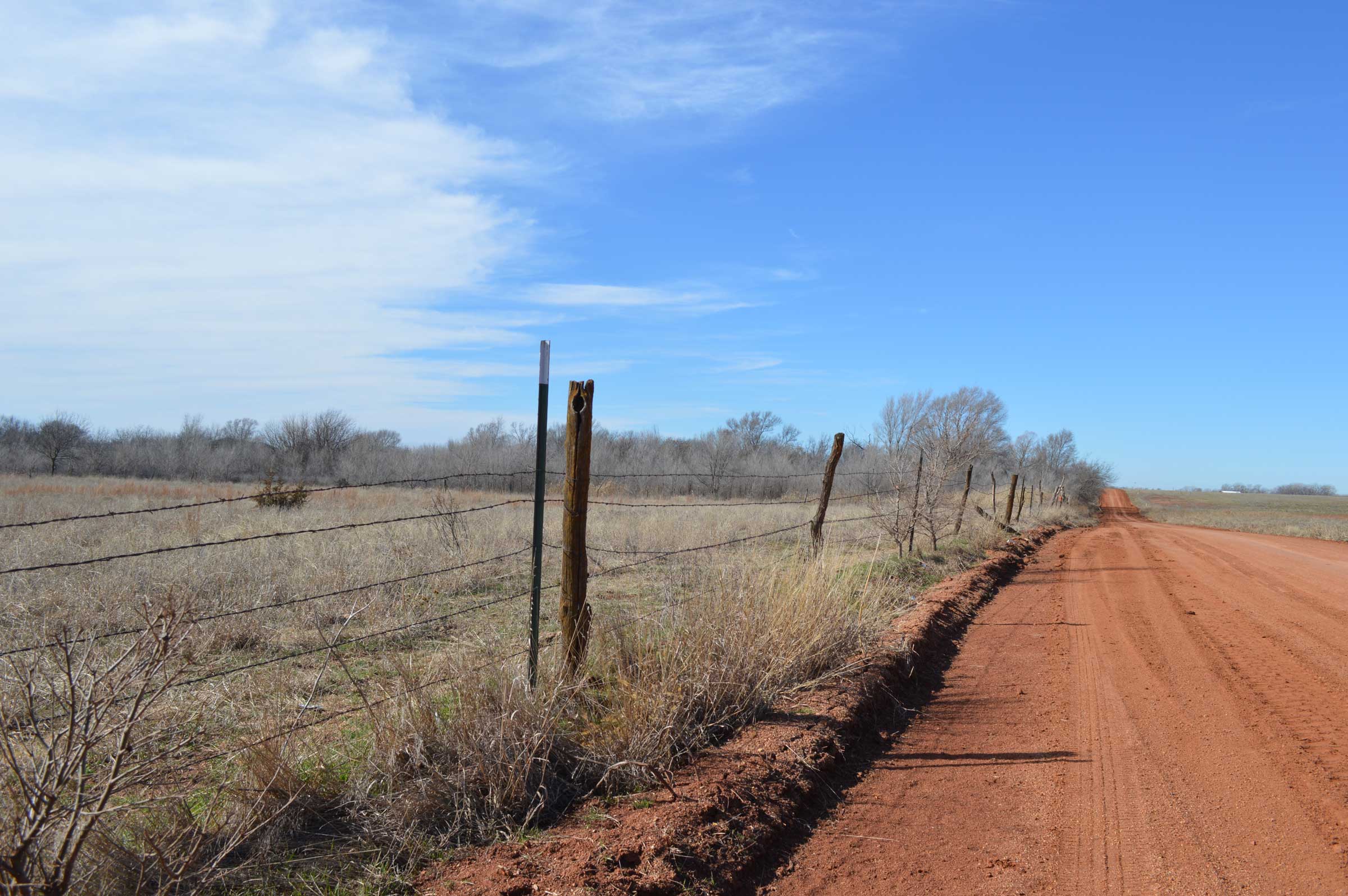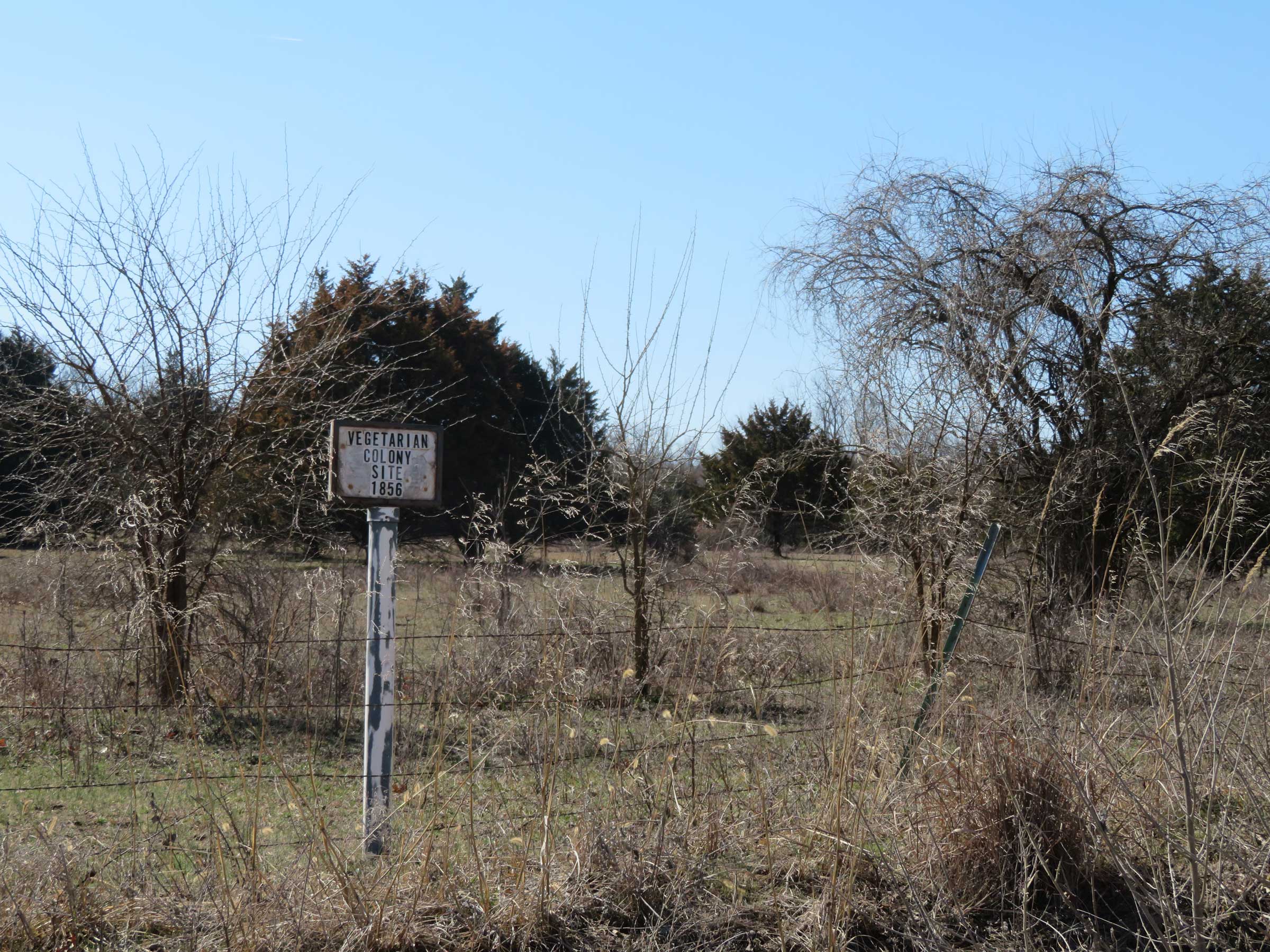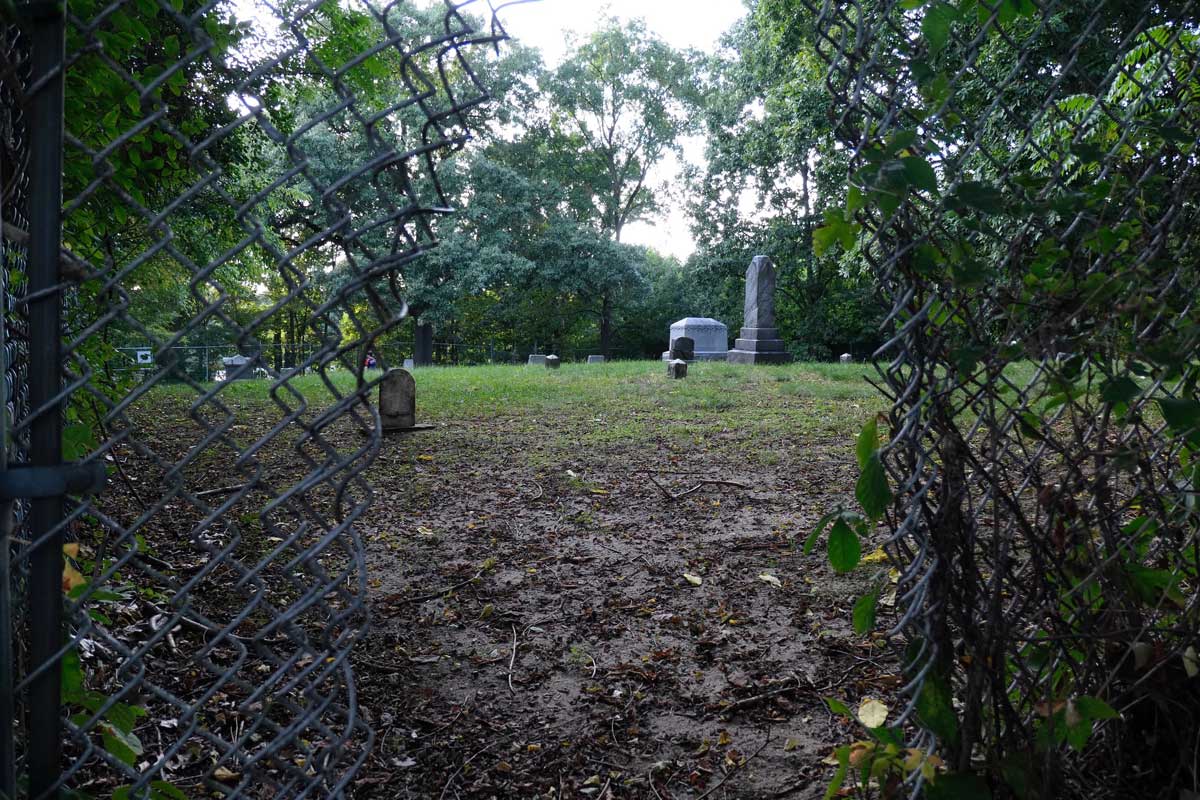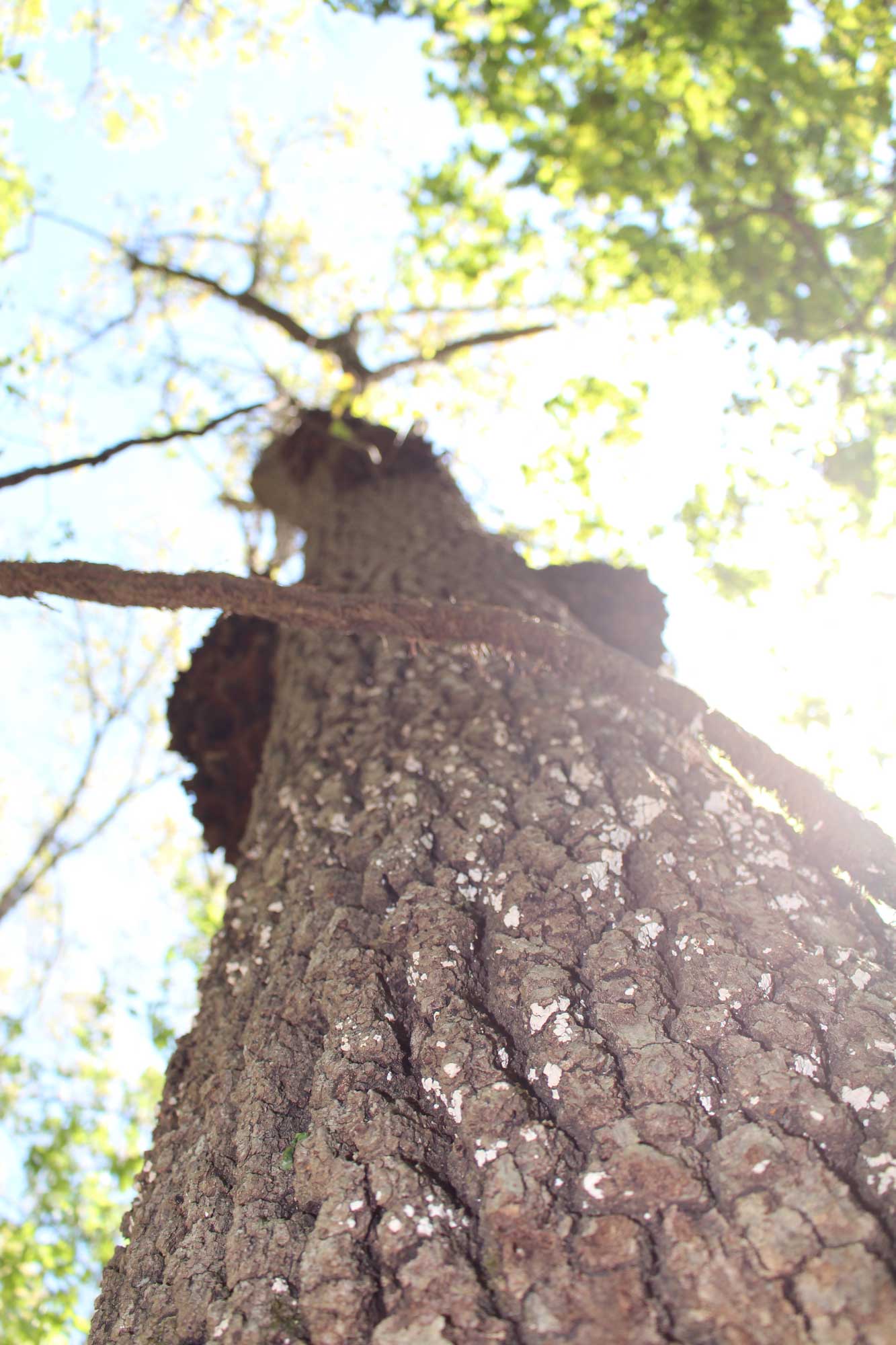José Olivarez
358 Bus Stop, Torrence Ave. & Pulaski Rd.
Calumet City, Illinois
By Ava Tomasula y Garcia
“forgive my geography, it’s true i’m obsessed
with maps.” –José Olivarez, “Wherever I’m at That Land Is Chicago”
The Calumet Region coheres into shape and sense through the totalizing language of maps. The gridmarks through which reality has been arranged here for over two hundred years are that of longitude, latitude, scale, treaty boundary, x-marks-the-spot. Isn’t that the work that maps do, after all? They make the real, real. Chart, fix, occupy, extract. They make the given world seem inevitable.
I’ve been looking at these maps for a long time, trying to understand how land becomes resource and then gets thrown away. How people continue to live on it and love it.
José Olivarez is a poet from Calumet City, the city that takes its name from this Region. I think he gets it. His images always seem to return home to the Region. This is true even when he’s battling, word by word, the terms of that return: this is one of the most segregated and polluted areas in the lands now called the United States. Looking at the maps, the Calumet Region emerges as a total sacrifice zone; a waste dump for centuries of capitalism; an overdetermined and overburdened 90-ish-square miles stretching from South Chicago through Northwest Indiana along the southern shore of Lake Michigan.
A hard place to call home. Even harder not to go back to the map to describe it; harder still not to get trapped by the dense tangle of border lines and scale markers and RxR crossings which would choke you. To not feel like there’s no way out of the world its representations would have you believe are inevitable.
Blueprints to the city-sized steel mills, past and present. Hazardous waste containment sites marked out on a grid. So-called “early settlement” maps of Indiana and Illinois show how the Potawatomi Nation was rounded up and cornered by gunpoint. How Menominee himself refused to sell Neshnabé land even after he was viciously detained by settler militia men. See how quickly land speculation is mapped into reality in the wake of the Trail of Tears: limestone quarries marked out, coal veins sought, railroad lines laid down.
Chicago booms into existence on the map, literally constructed from the “raw materials” of the cleared Calumet: water, wood, limestone, coal, sand for cement, and clay for bricks. The world’s first refrigerated train cars, carrying meat from the Chicago stockyards across the country, cooled by ice cut from Calumet lakes and rivers and running the rail lines that crisscross the Region today. Plat maps showing how houses butt up against the Standard Oil refinery, now BP.
My family’s history of living and working around the Region walks in lockstep with a history of illness: cancer and dementia from so much pollution, from day in and day out drinking in the soils and waters that industry has determined must be wasted for bigger profits. It seems like illness is hard baked into what it means to be from here, and, for me, so is leaving. When Olivarez writes, “i needed to believe suffering was honorable,” the line hits hard.
Yet what I love most about Olivarez’s work is that, while always being grounded in place, he doesn’t write about the map. He doesn’t “mistake the map for the territory,” as Sylvia Wynter put it. This poetry doesn’t go around, in Olivarez’s words “pretending the bones / are the real thing.” He’s after life, not its flattening. When I take the bus up Torrence Ave. through Cal City, past the train lines, past the scrap metal yard, past the recycler plant, I’m riding through territory which exceeds those bones. The land doesn’t give up. Look one way and you see intermodals speeding by on miles of burnt-out rail lines. Look the other way and you see sand cranes and egrets burst out of the dune grass. A cloud of starlings flits through the sunset. Marsh water floods the road. Heavy industry mixes with the watery, oh-so-alive earth.
Olivarez finds the little cracks in the totality. His images of life in Calumet City mix with my own memories, peeling themselves off the map: Olivarez in “Cal City Winter” as a kid on another frozen winter morning, “jumping up & down at the bus stop / trying to warm up.” My own memories, waiting in the car for Berta to get off work at the Burger King at River Oaks Mall, breath curling in the December air. Biting into a gordita from Loli’s, steaming hot down my throat. Springtime bugs gliding back and forth on the Little Cal River, weaving a gossamer haze, summer heat shimmering, a thousand mirages. People always say that we have the prettiest sunsets, then joke that it is because of the pollution. The road the car snakes along was once the shore of an ancient lake, was taken over by settler stagecoaches, was a sand mining pit, was paved over for scrap trucks to traverse. You settle into place.
This is what no map will ever show but sometimes a poem does: the way individual lives layer up moments of anger, pain, and love — how these emotions sediment themselves into place as tracks for others to walk whom you may never meet. This is what living in the Calumet means, too. Olivarez’s poetry has become my map to the Cal Region. Not a map as in chart, fix, occupy, extract. A map as in “i’m always out south / of somewhere. i know the sun rises / in Lake Michigan & sets out west.”
With it, I’m trying to navigate those questions that I haven’t been able to figure out for my own life: “I want to learn what the birds know— / to love a home when it is abundant / & to leave when the love stops.”
Olivarez’s map is a question in answer to my questions. Where does a person begin and the place they’re from end? Can you ever leave a home? Can a home ever cease to be that — can it be ground out, like a cigarette butt on a cold winter morning? When you leave, do your memories go with you? Or do some of them stay behind, settling into the landscape?
Surely, some mark of the love a place gave you and that you gave back stays in the soil. Surely.
Ava Tomasula y Garcia was born in 1994 in Chicago and grew up in South Bend, IN. She currently lives in New York City, studying medical anthropology as applied to the so-called “undiagnosed” illnesses of the Calumet Region. Before, she worked at the Southeast Side of Chicago’s Centro de Trabajadores Unidos.

